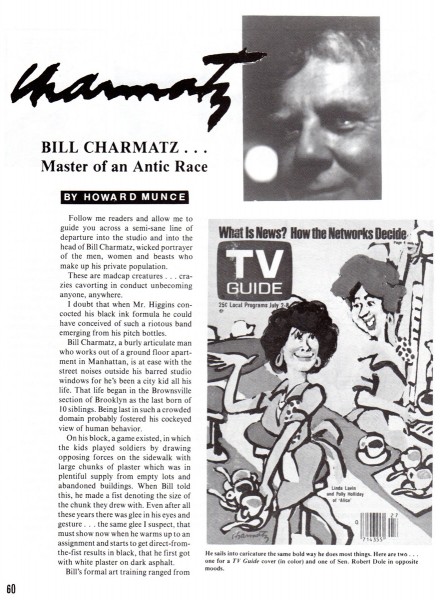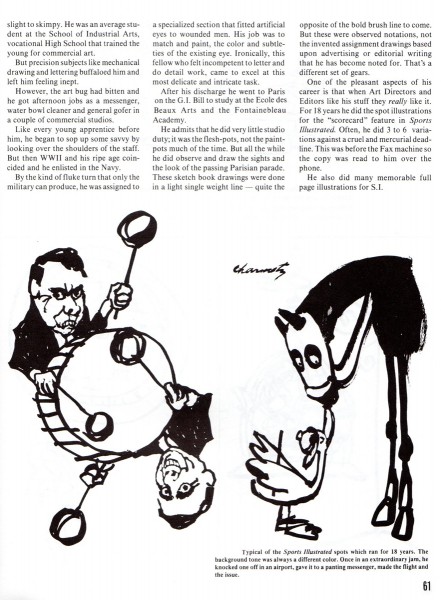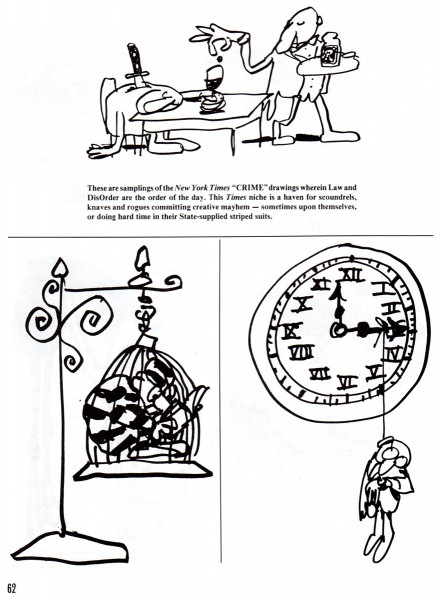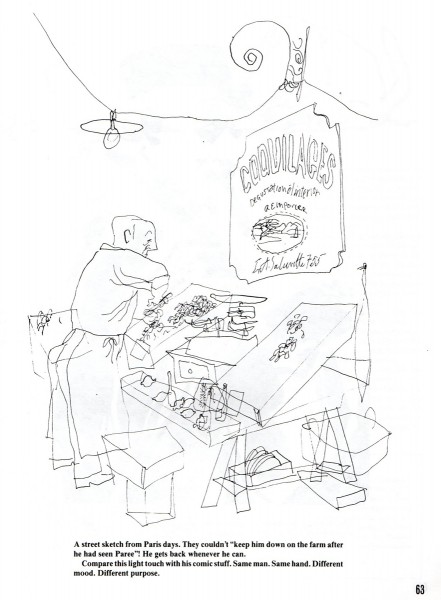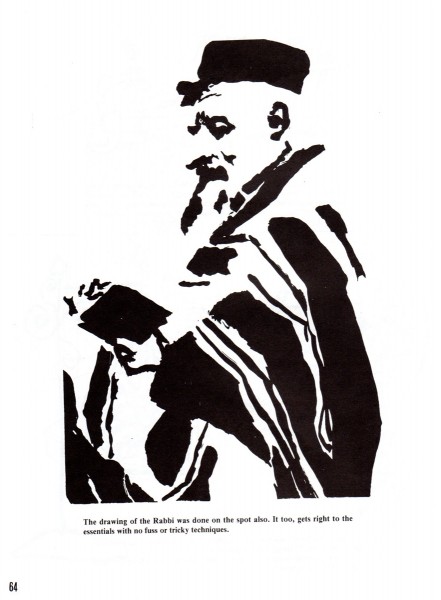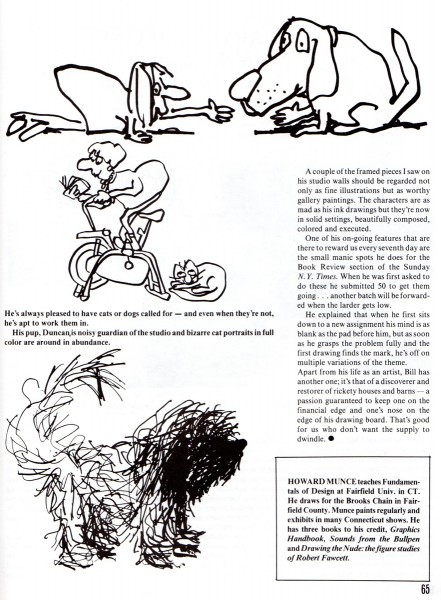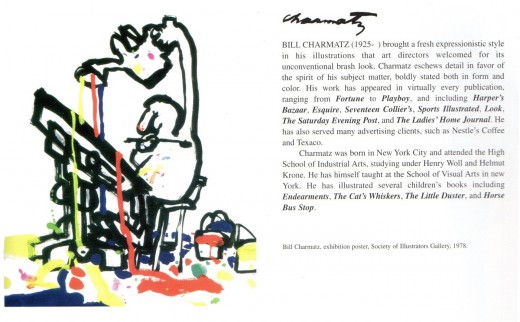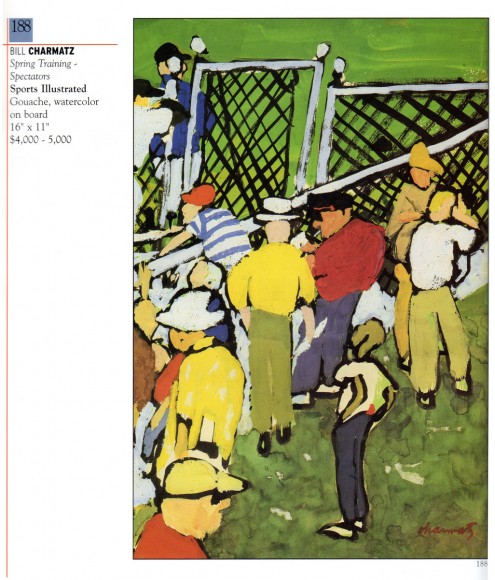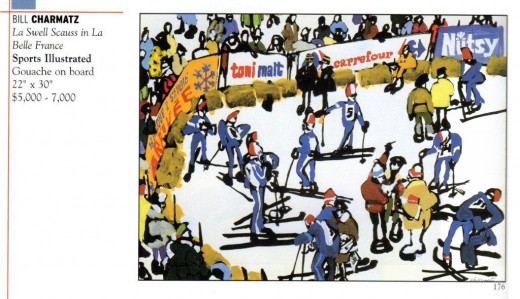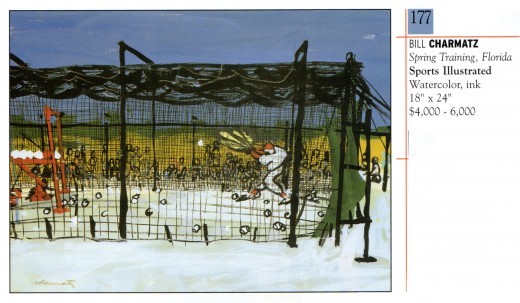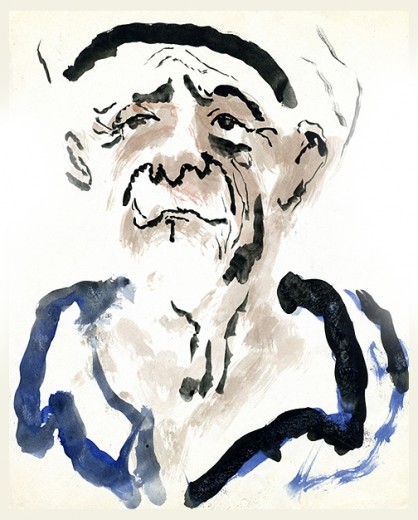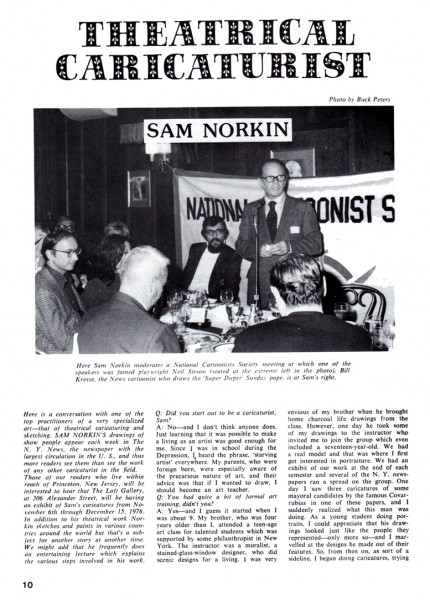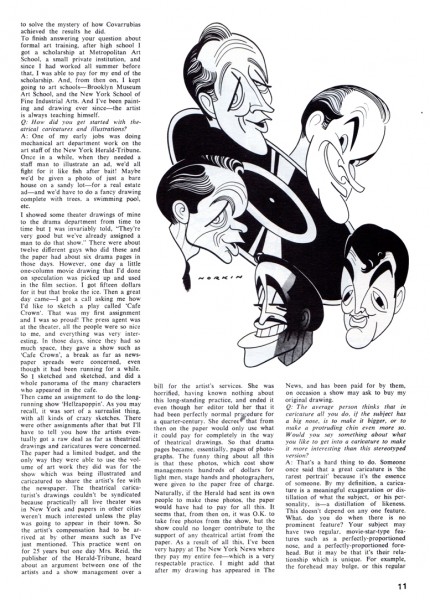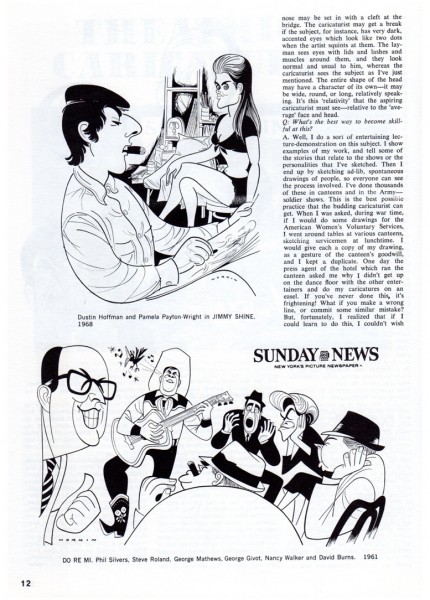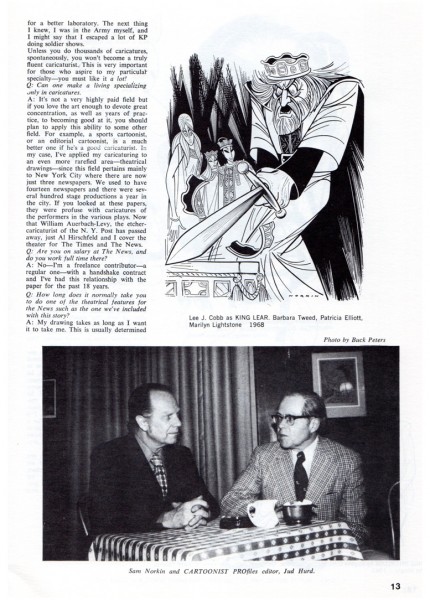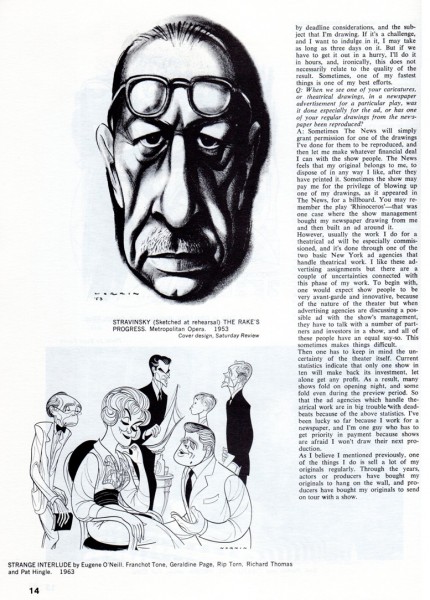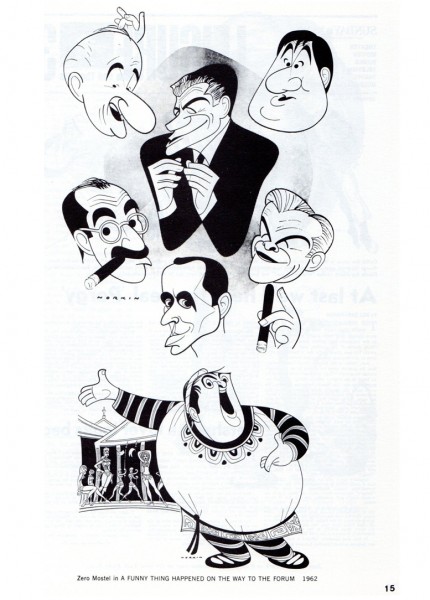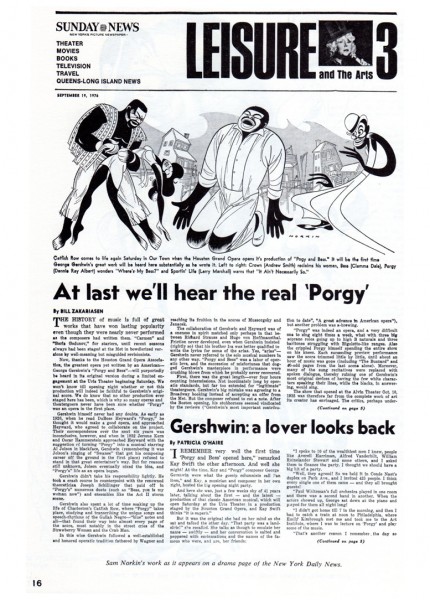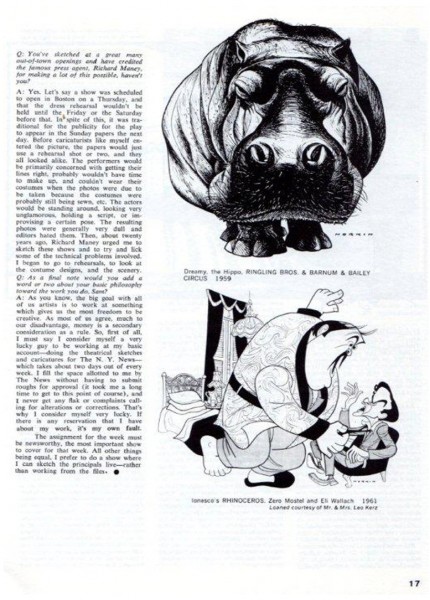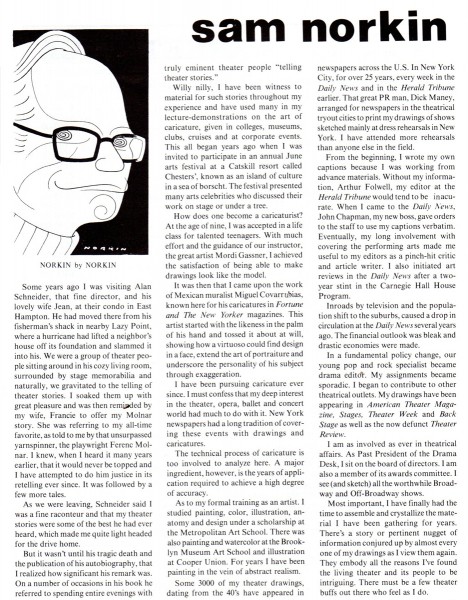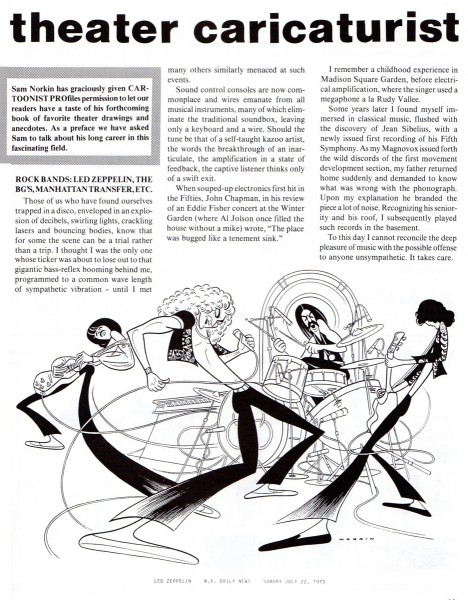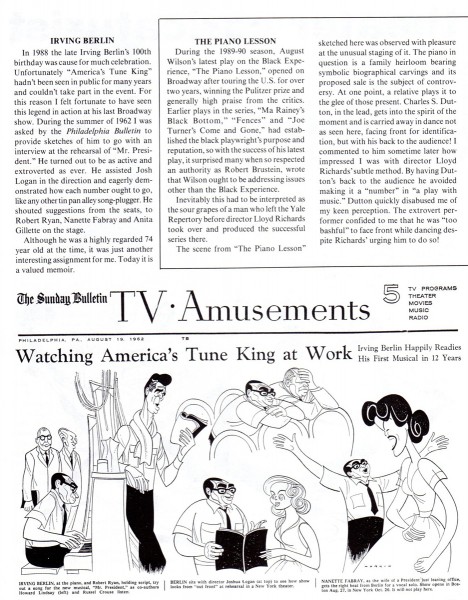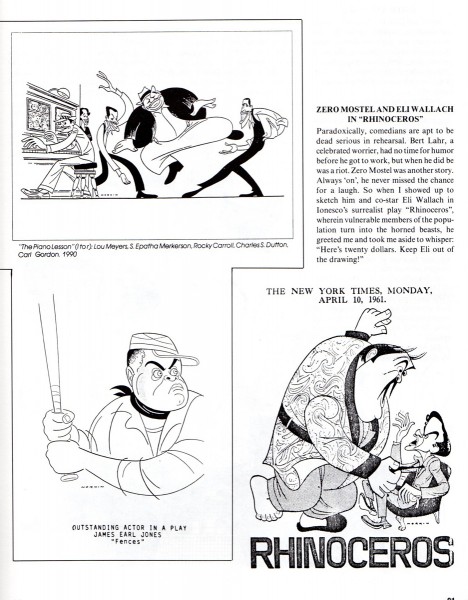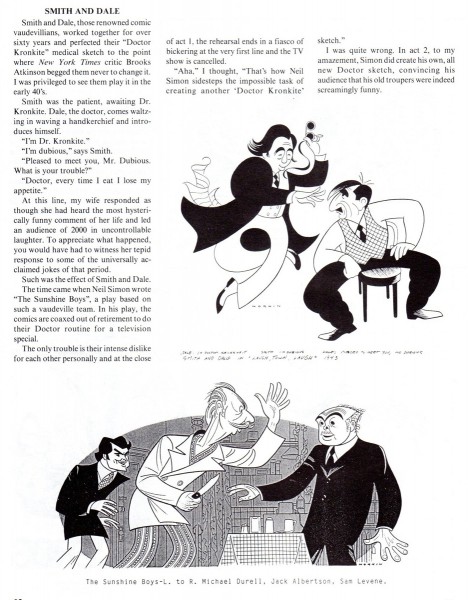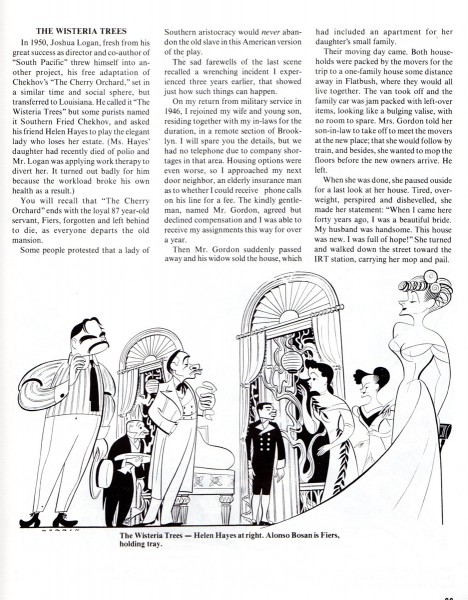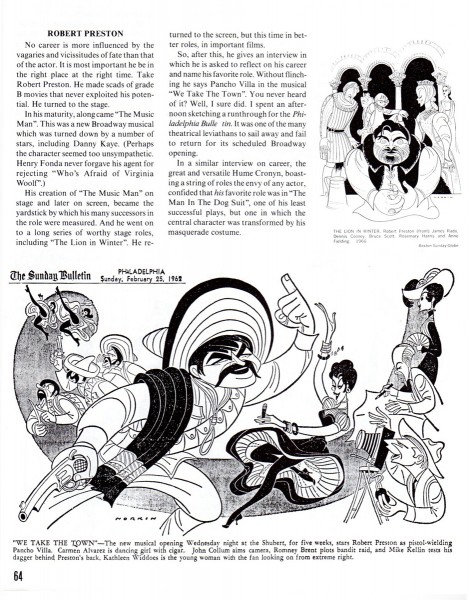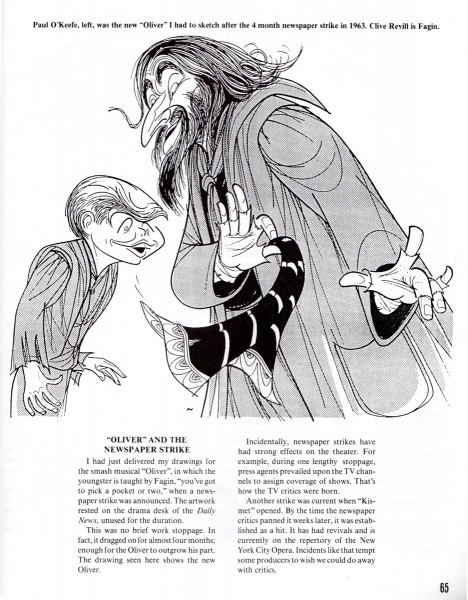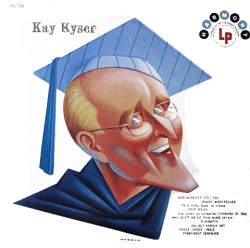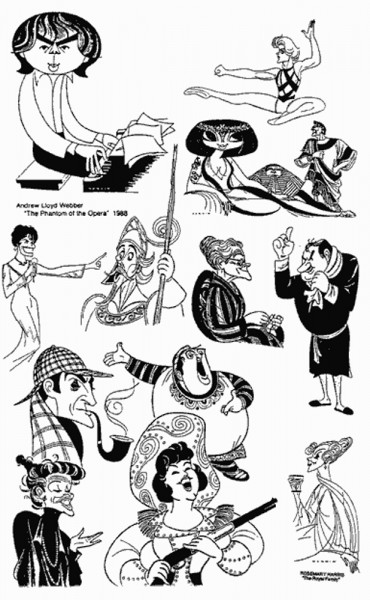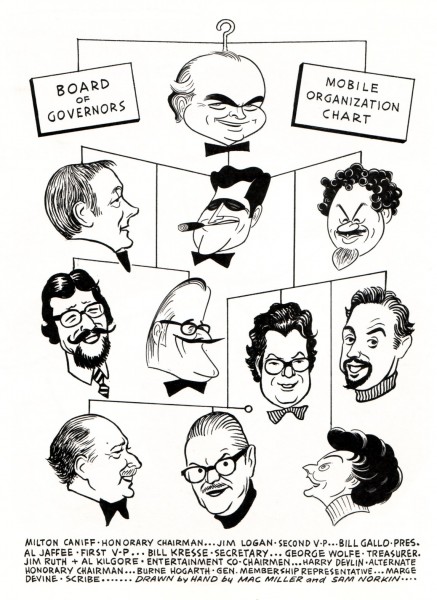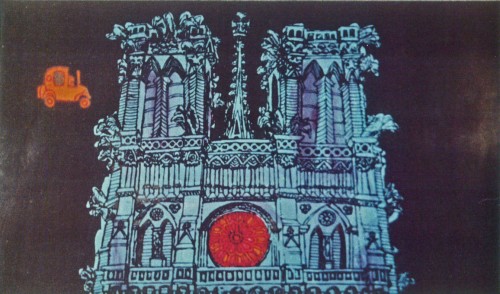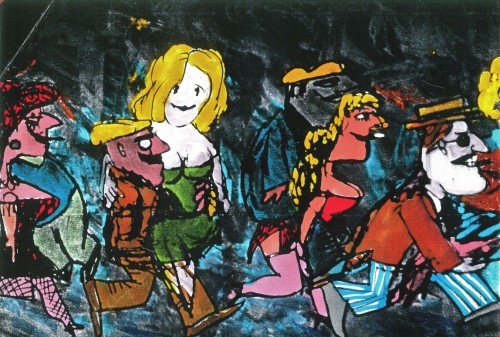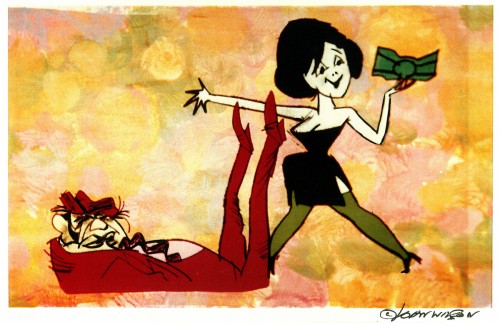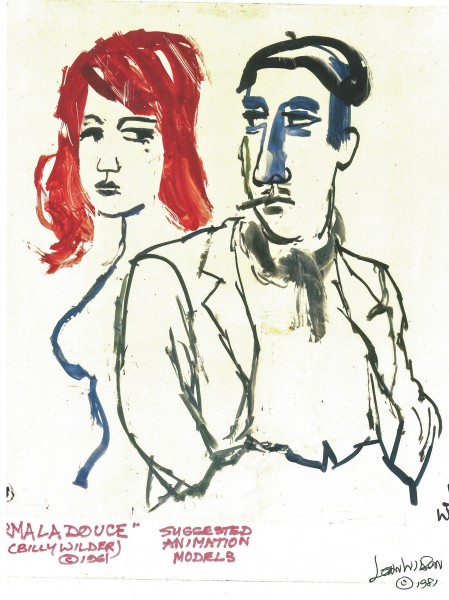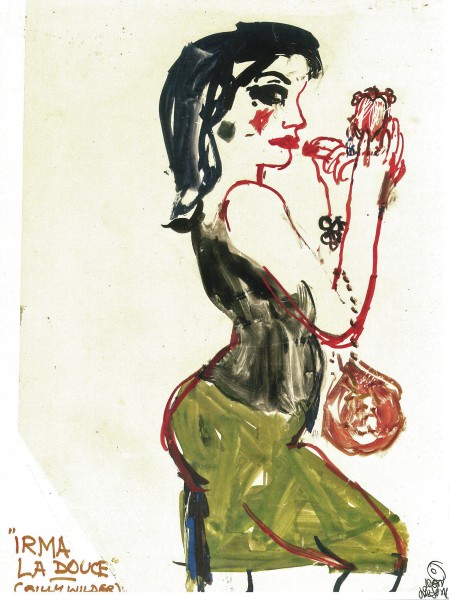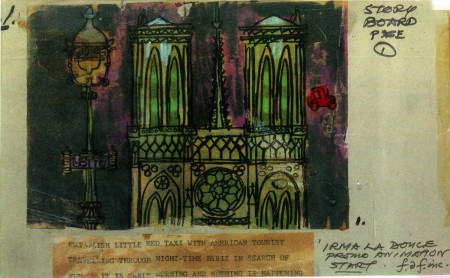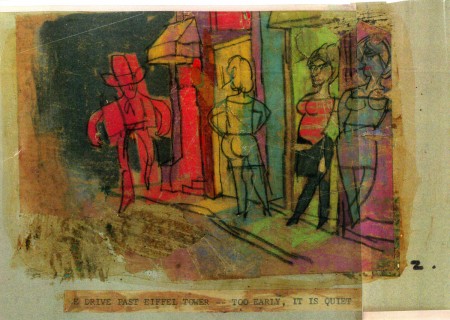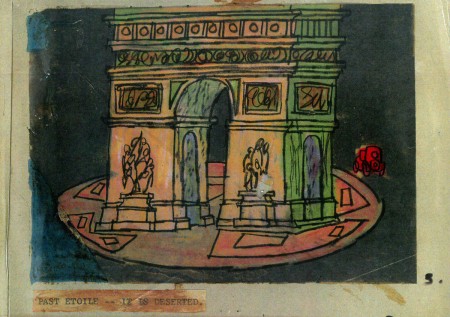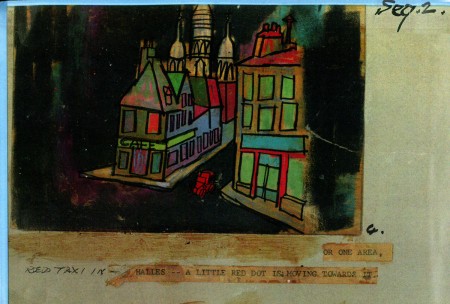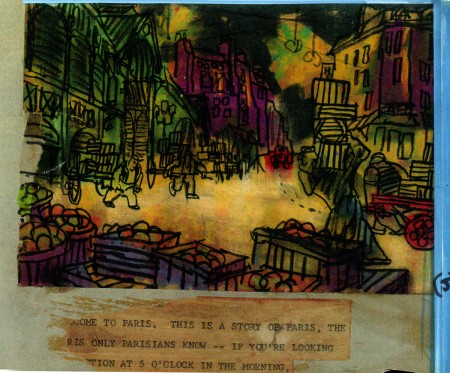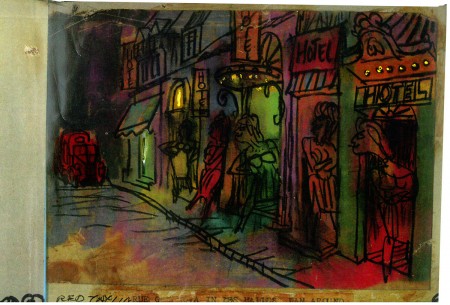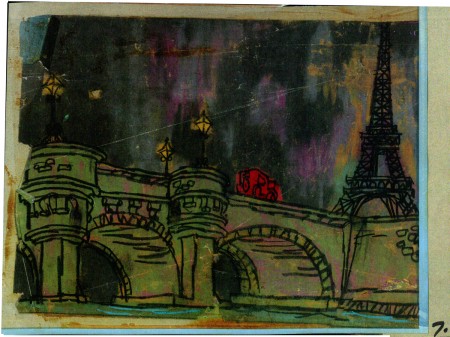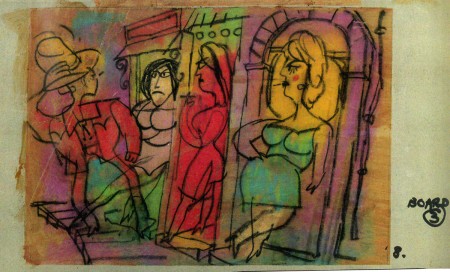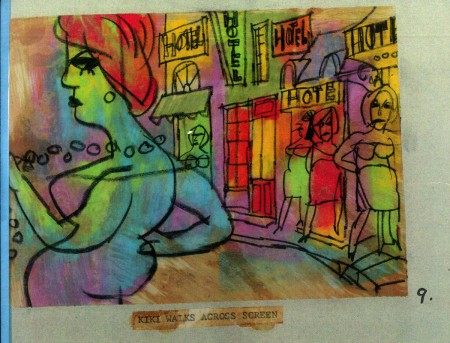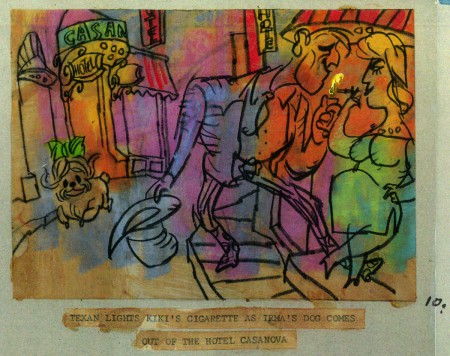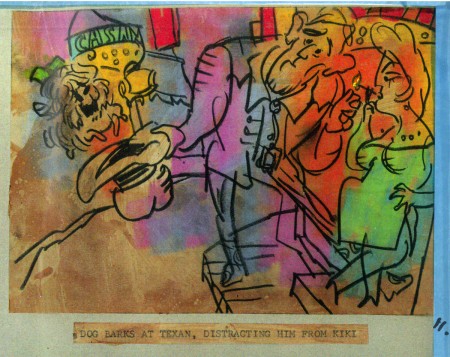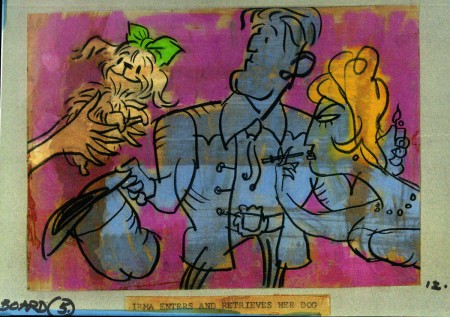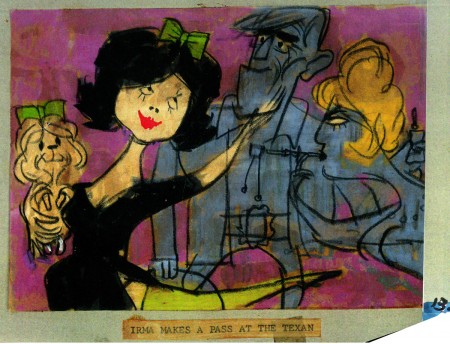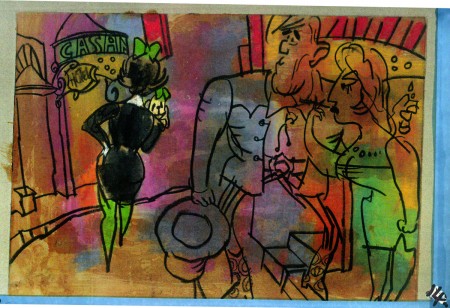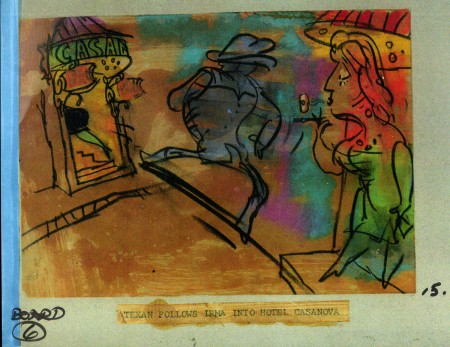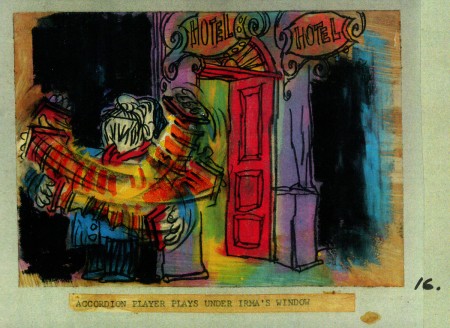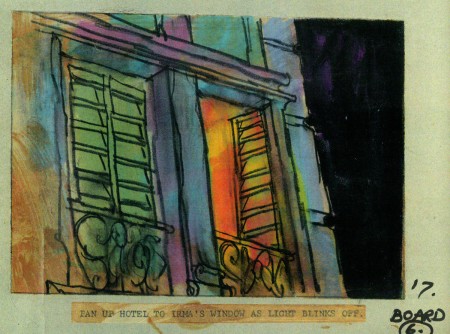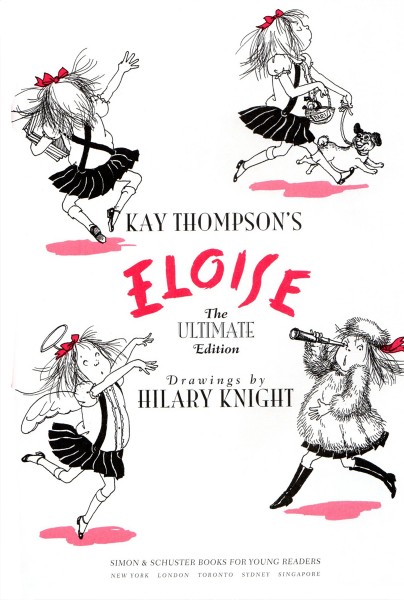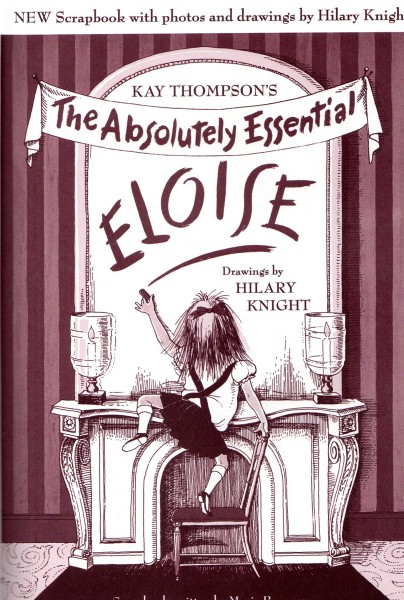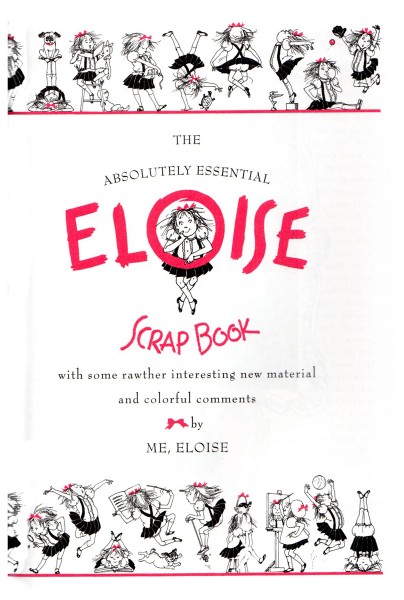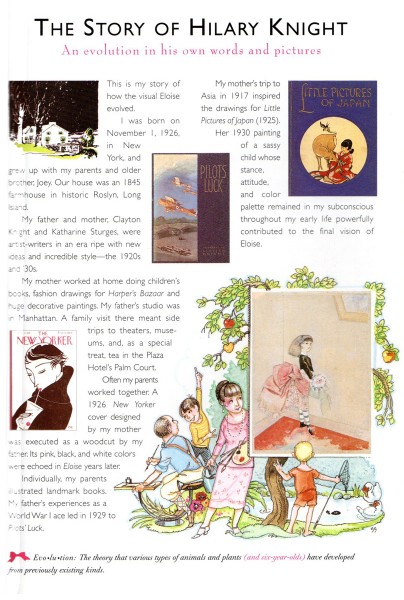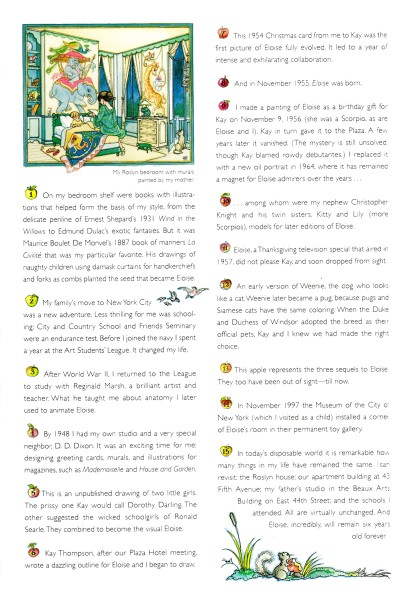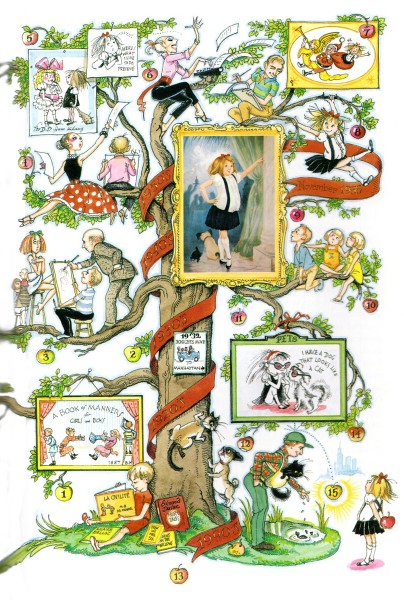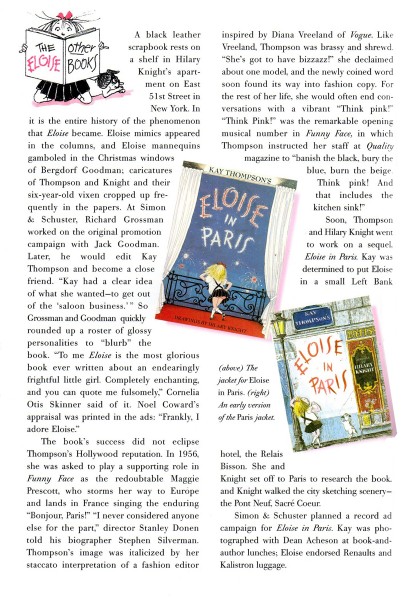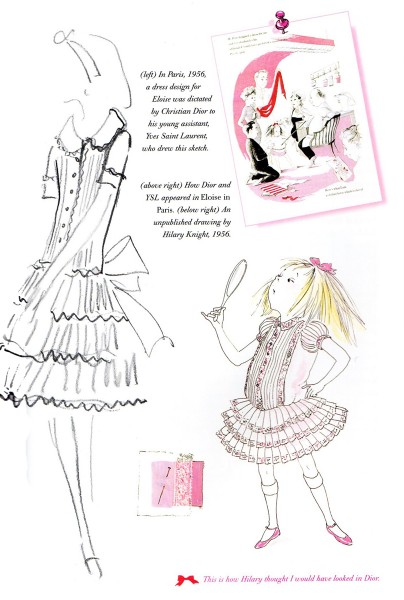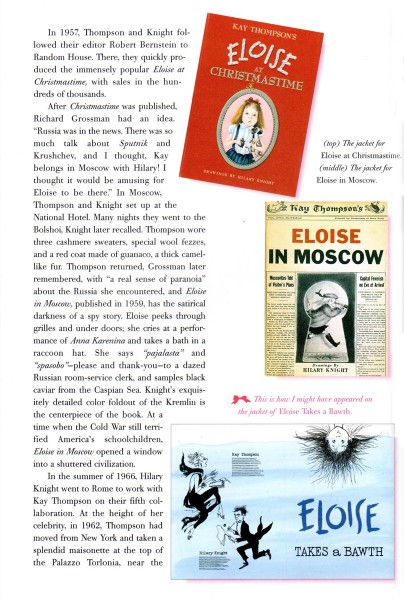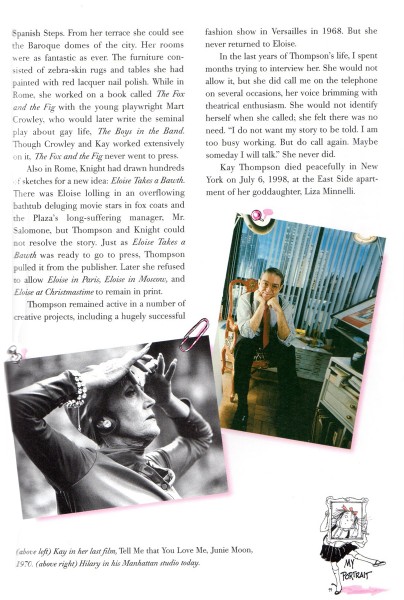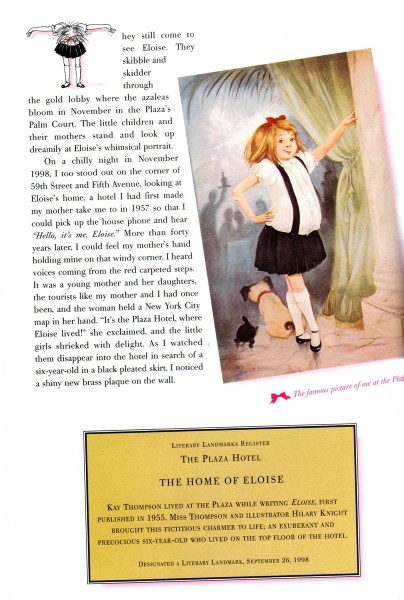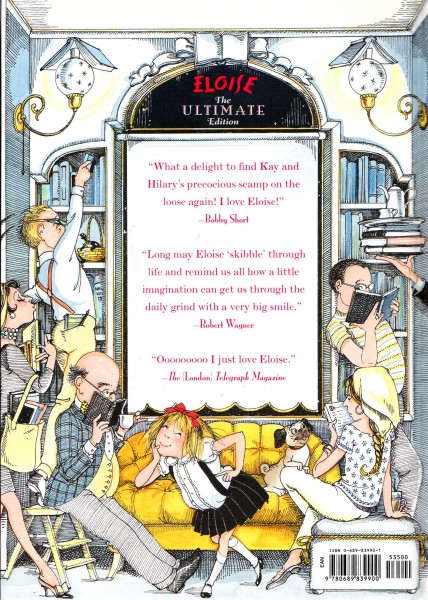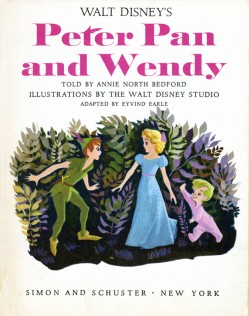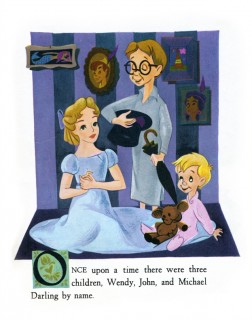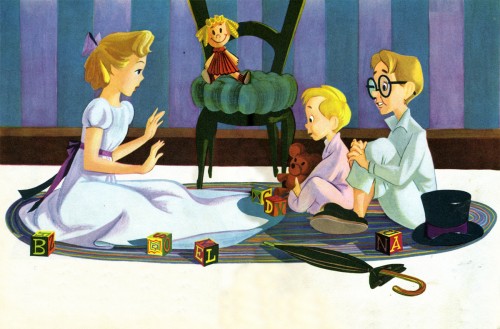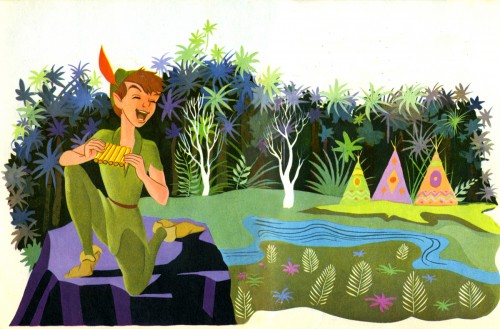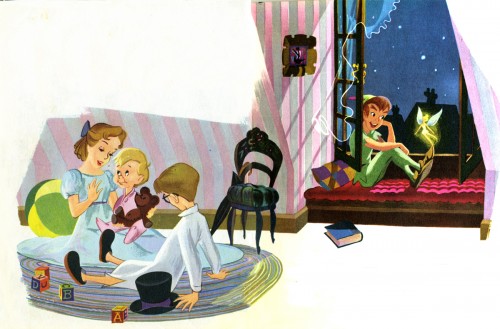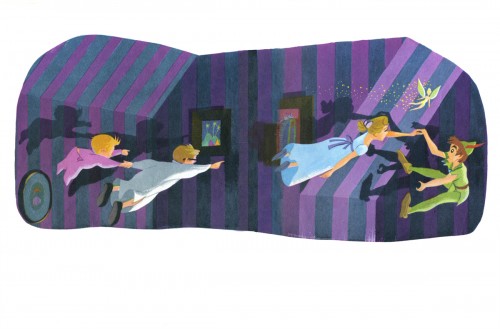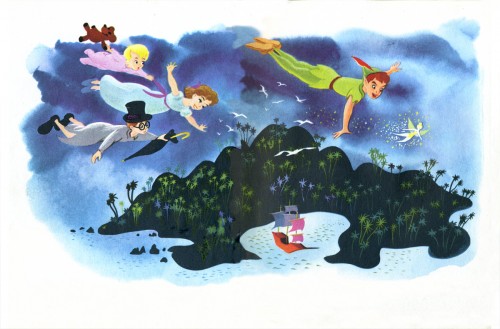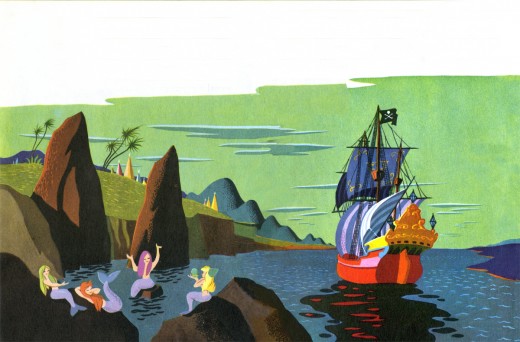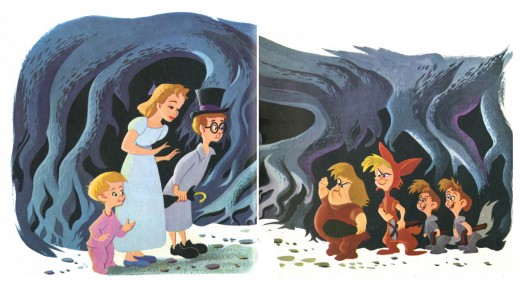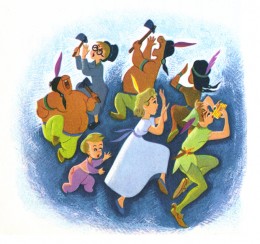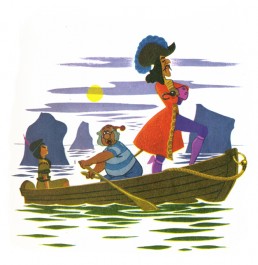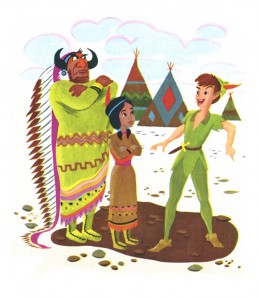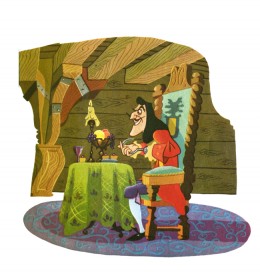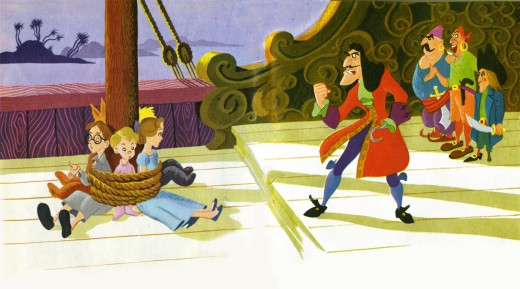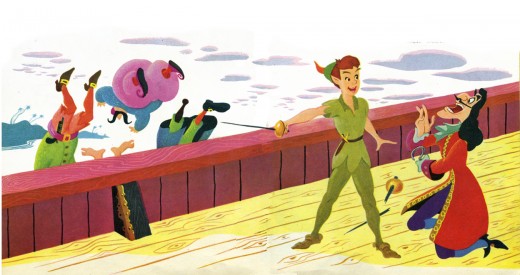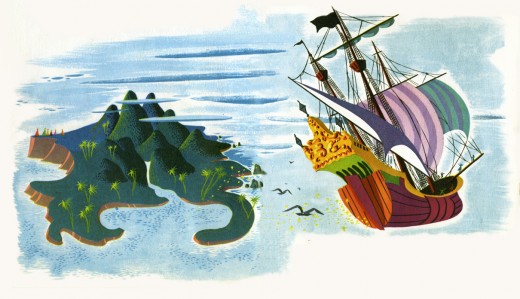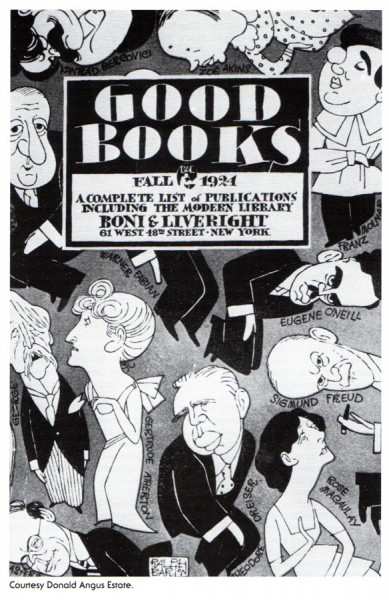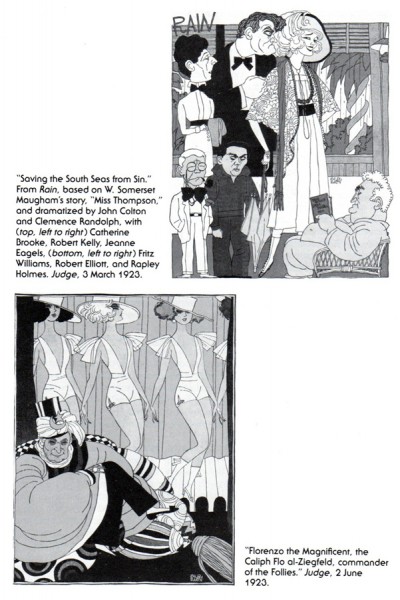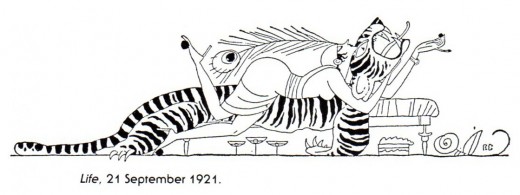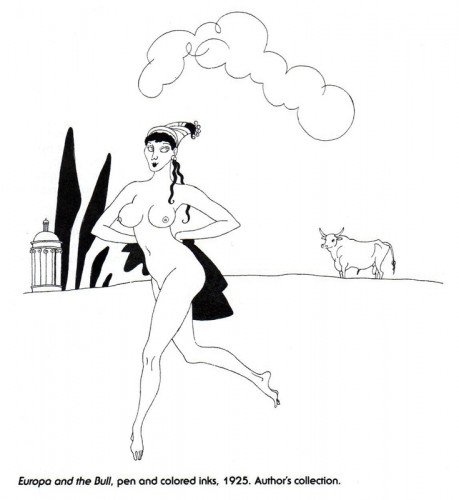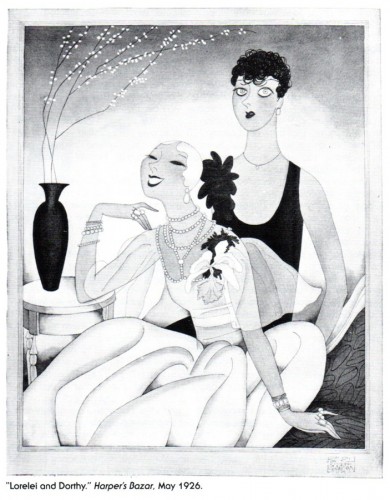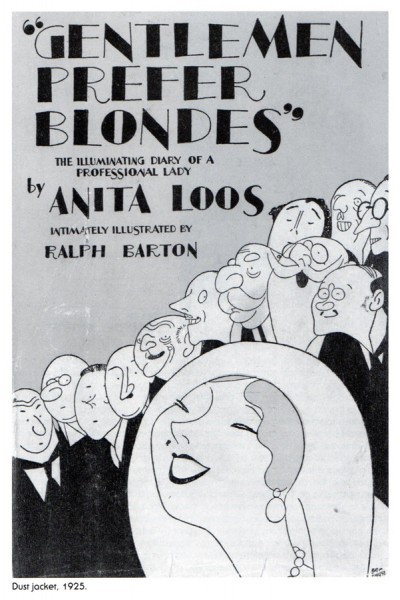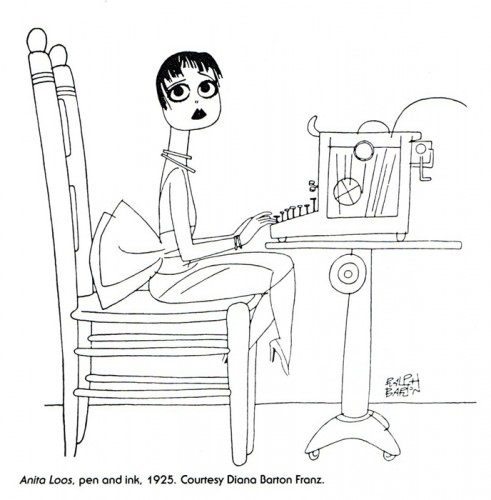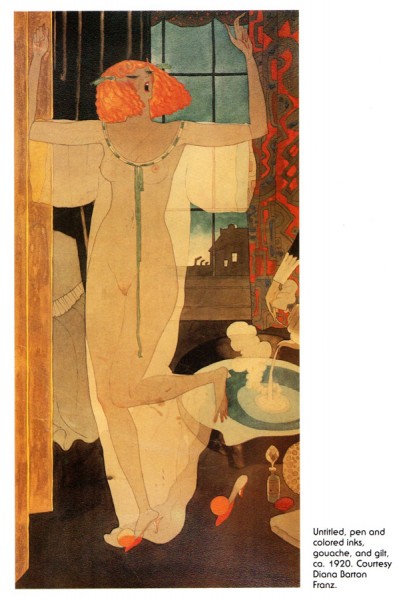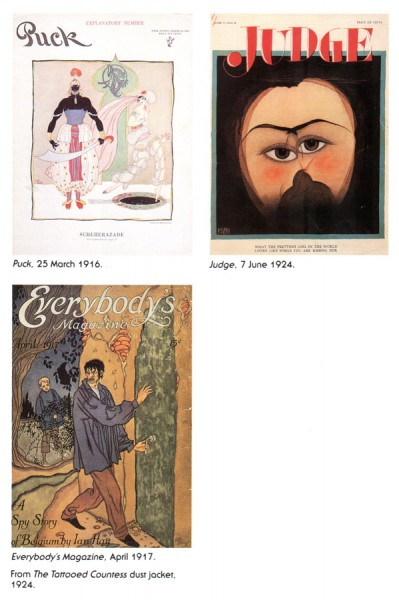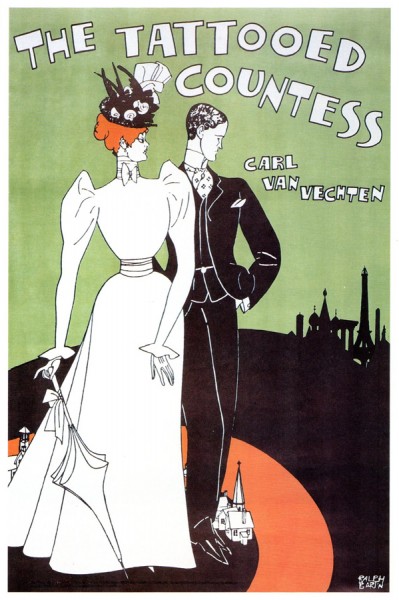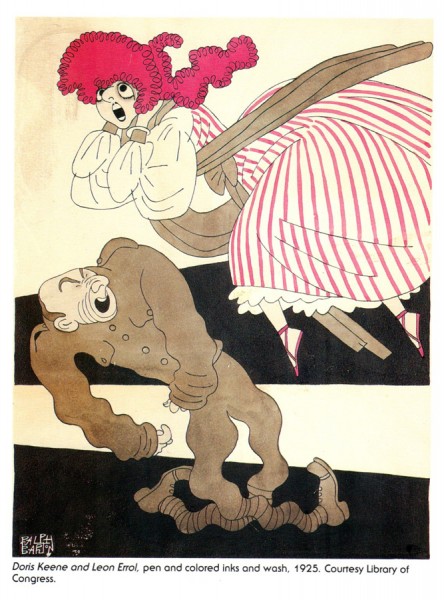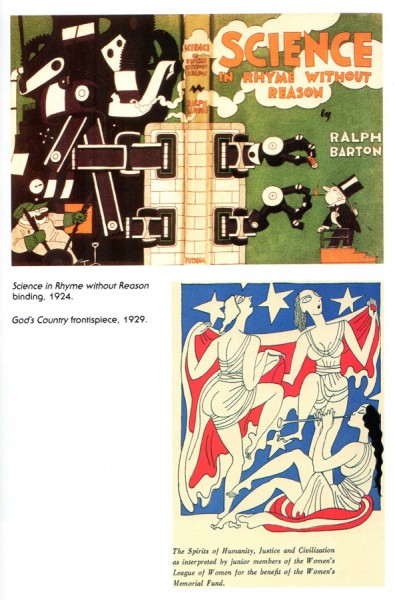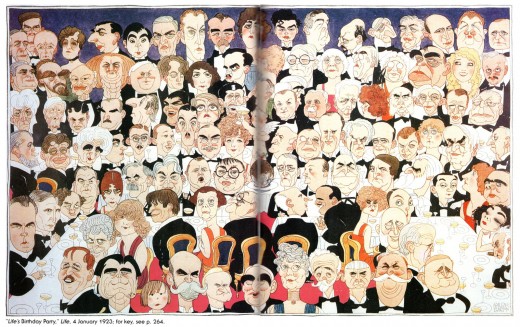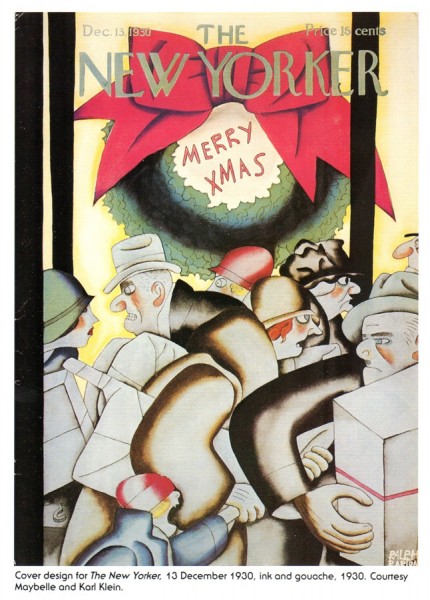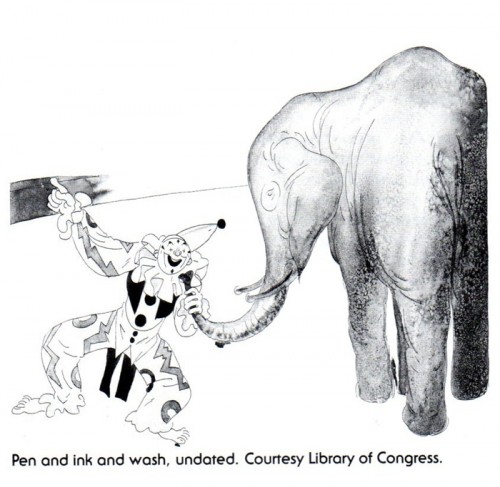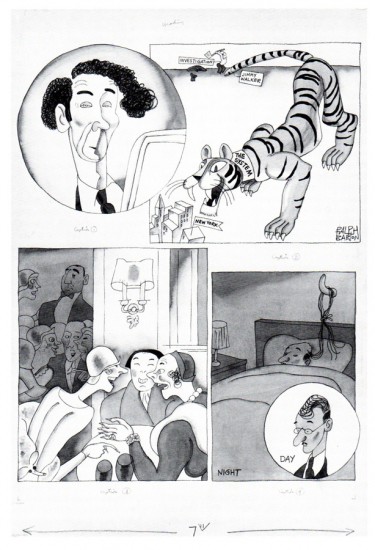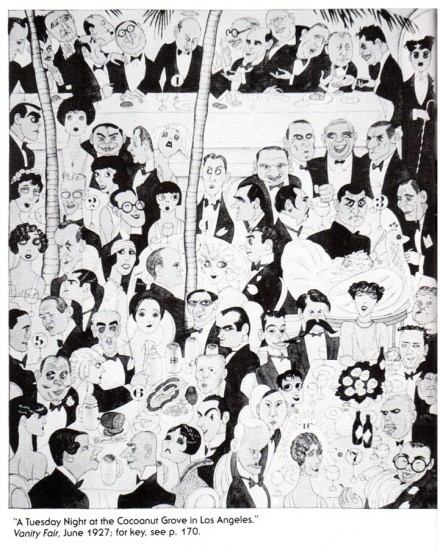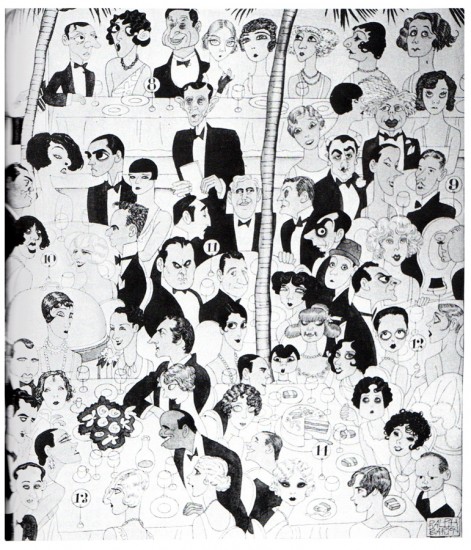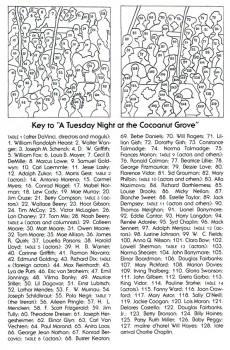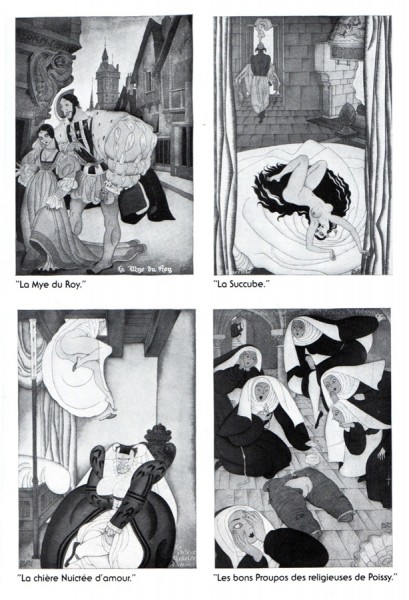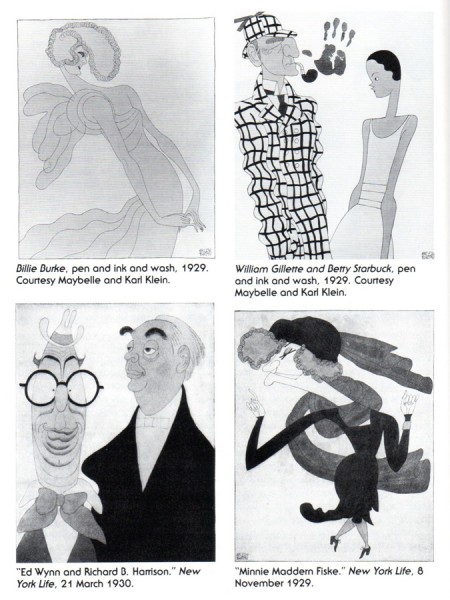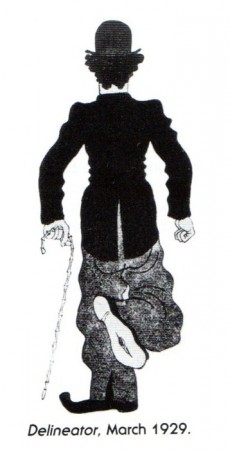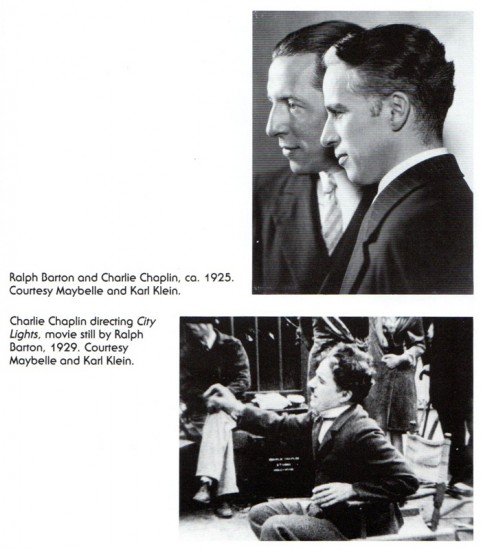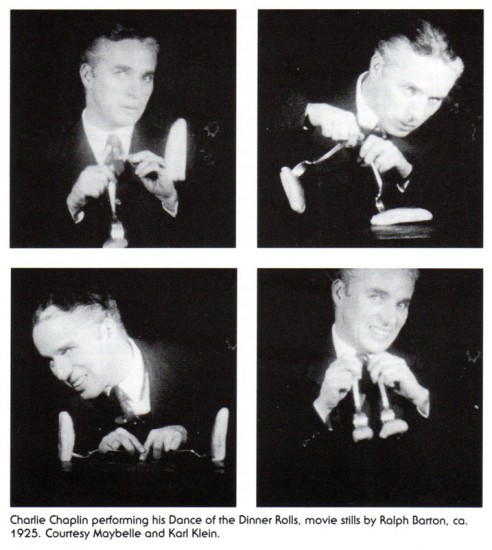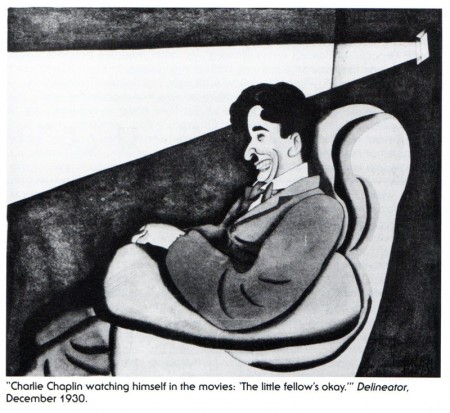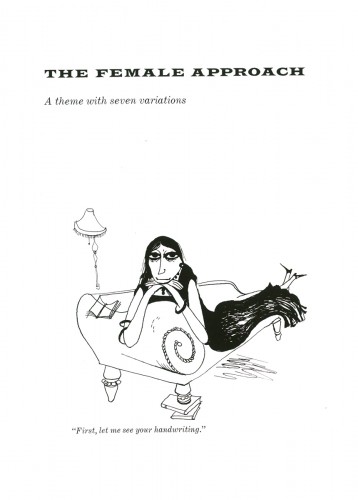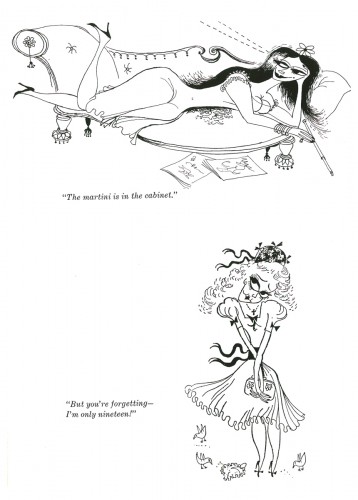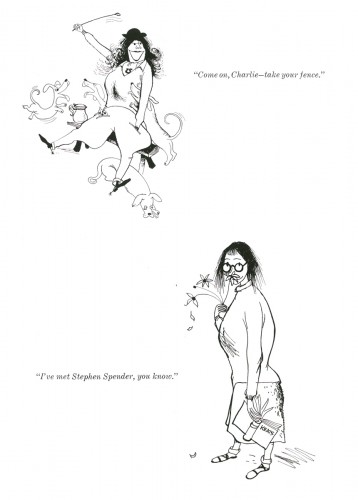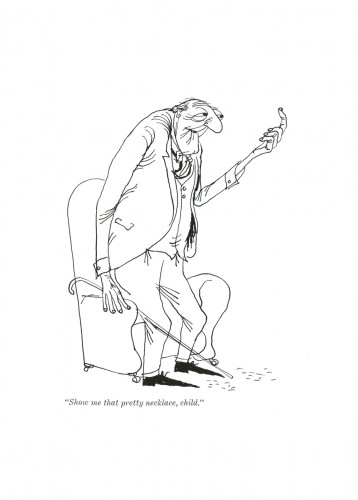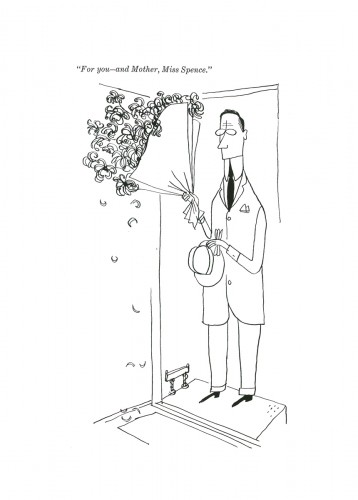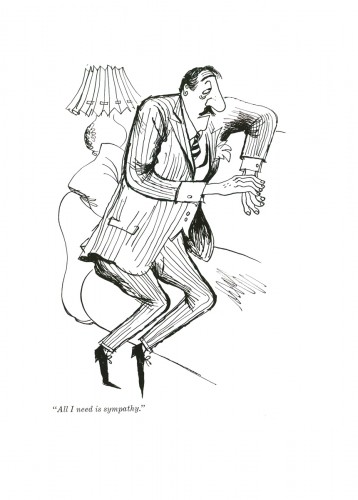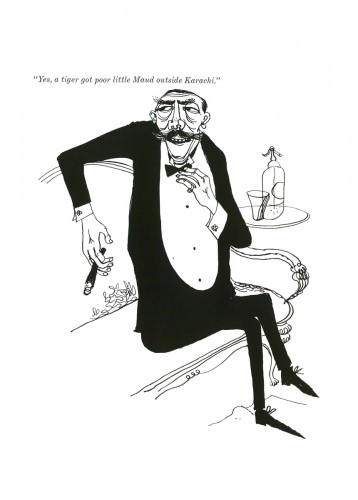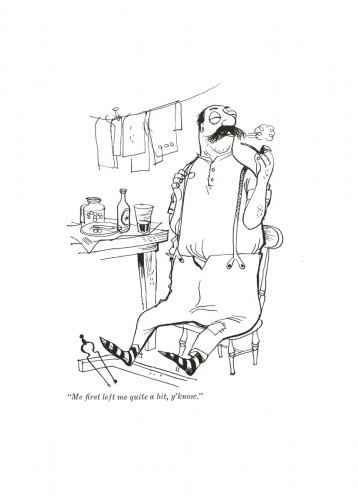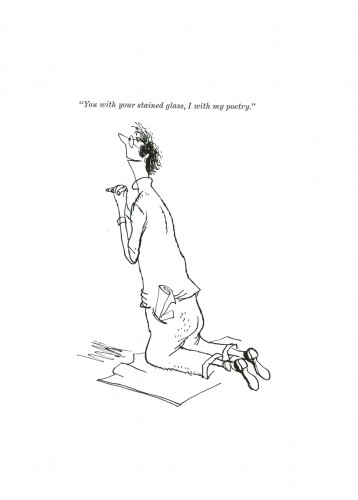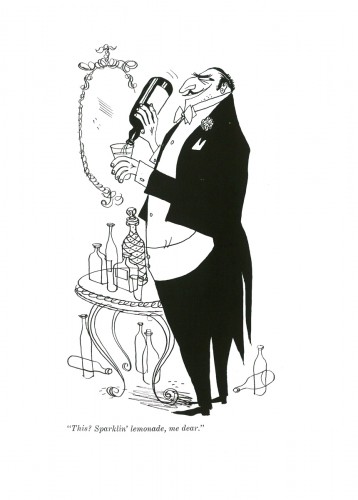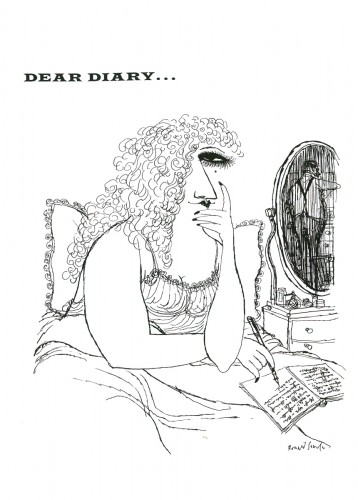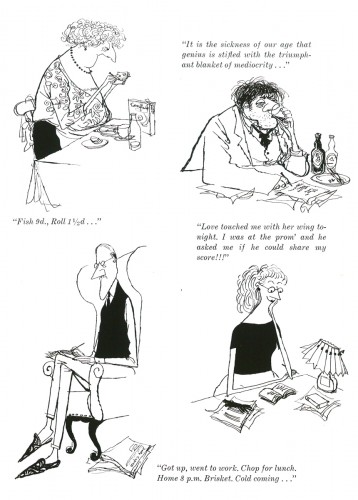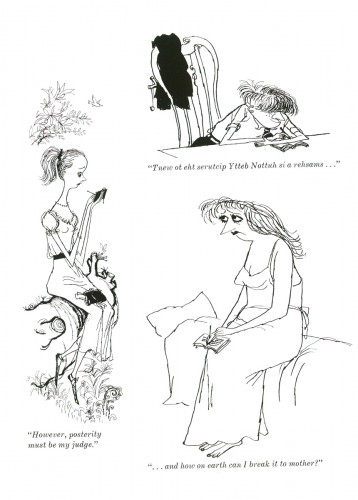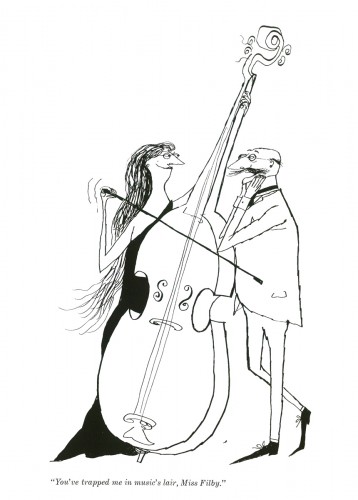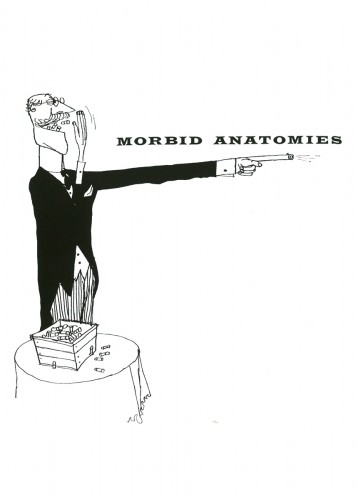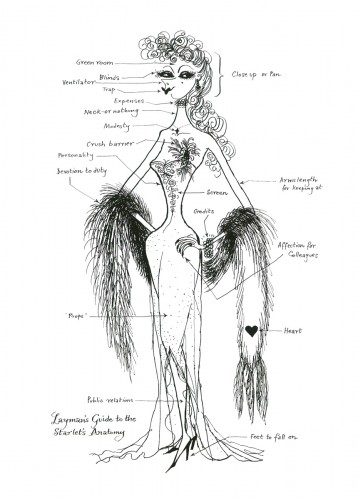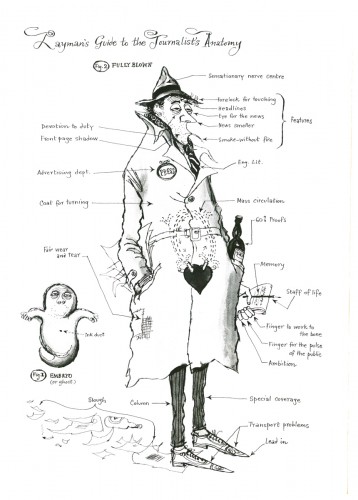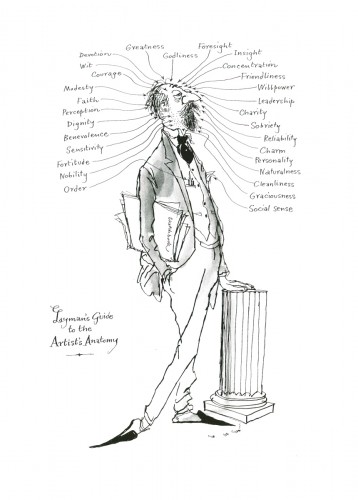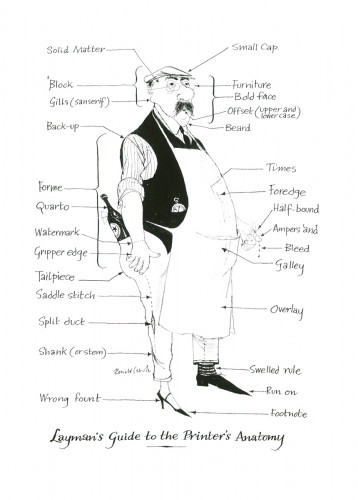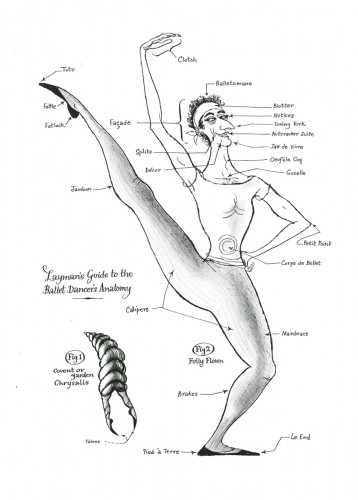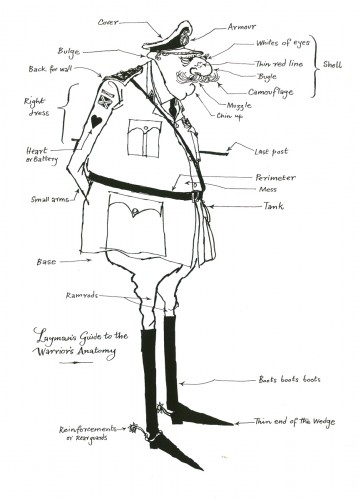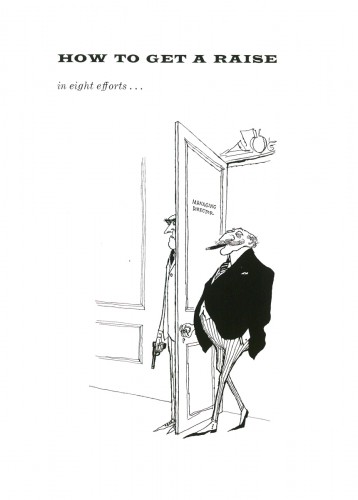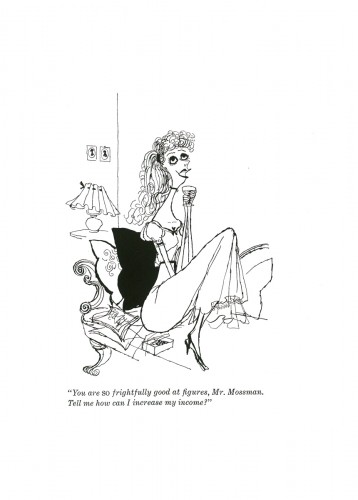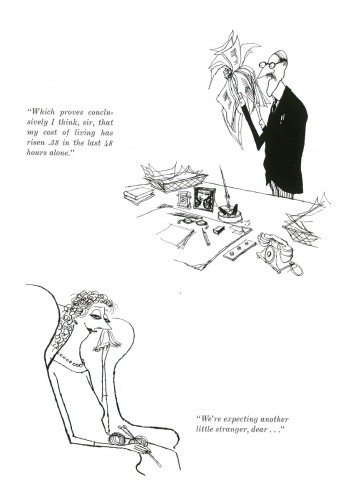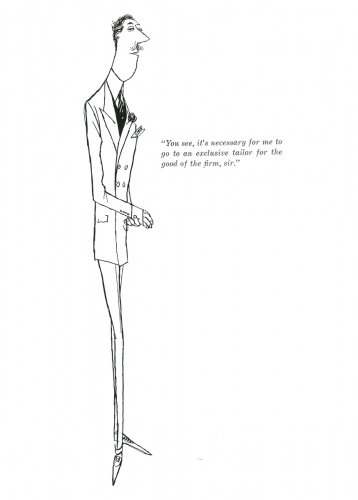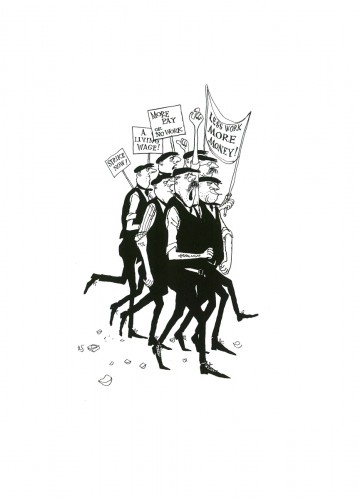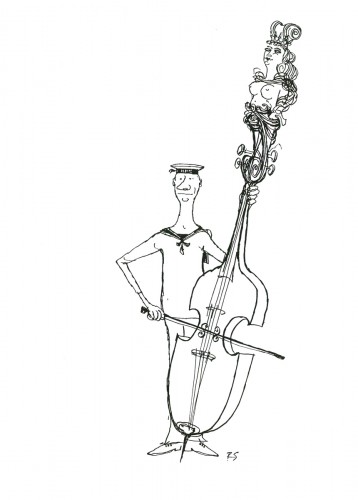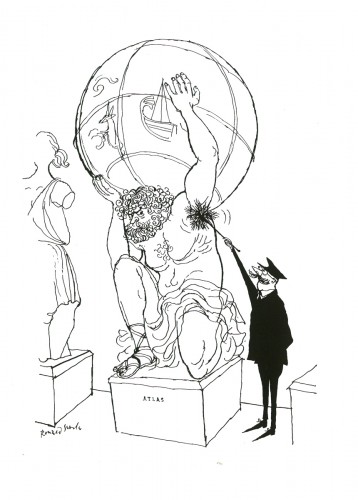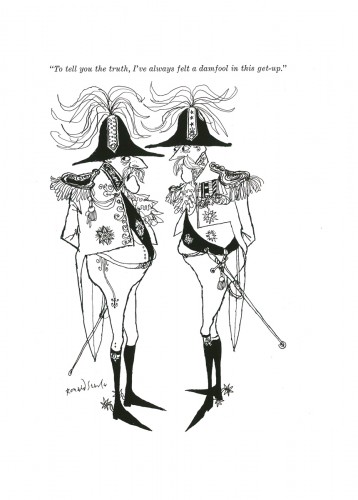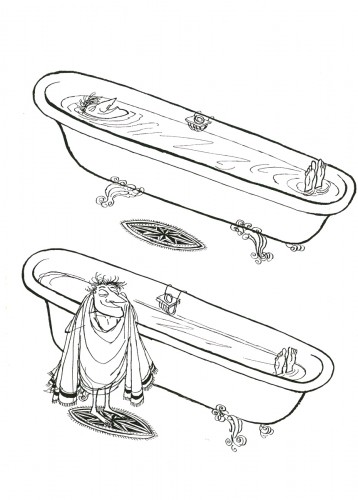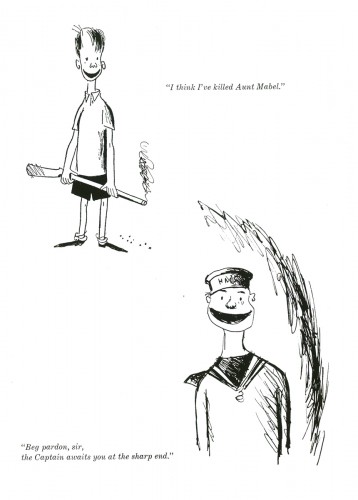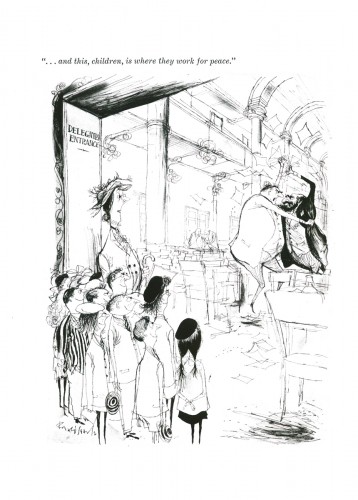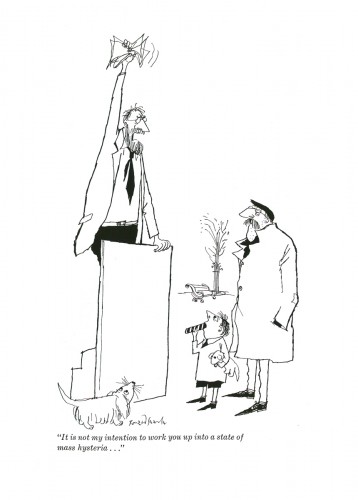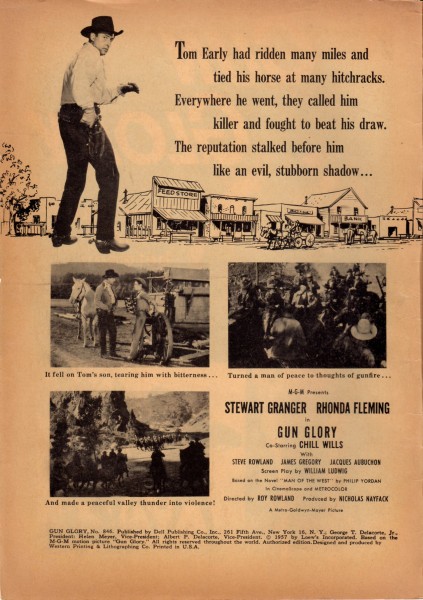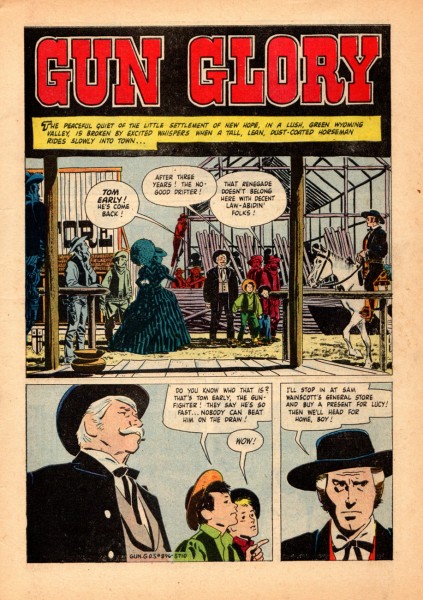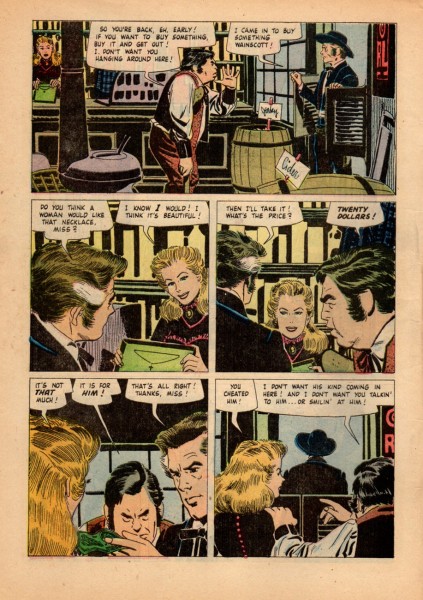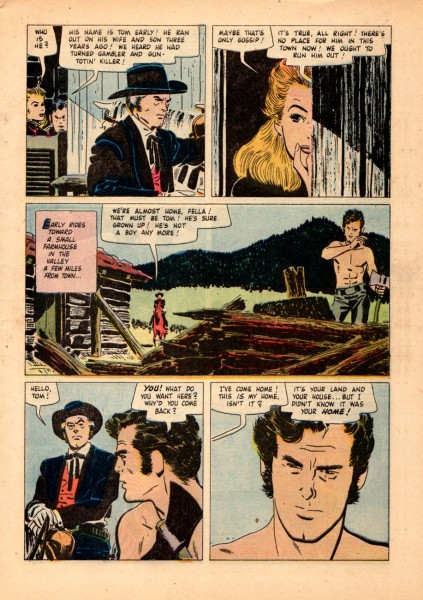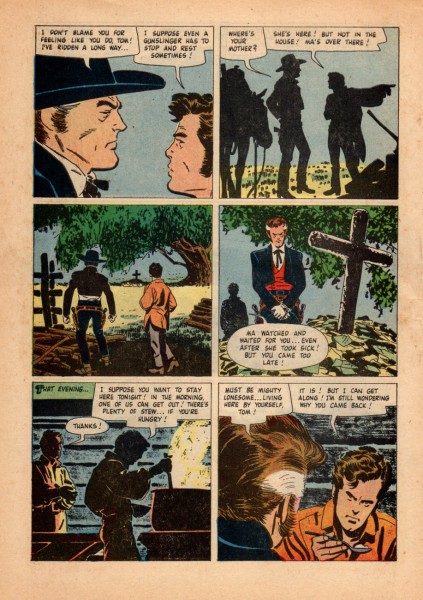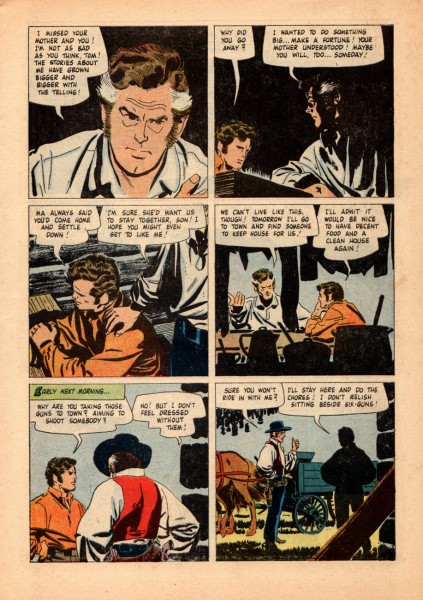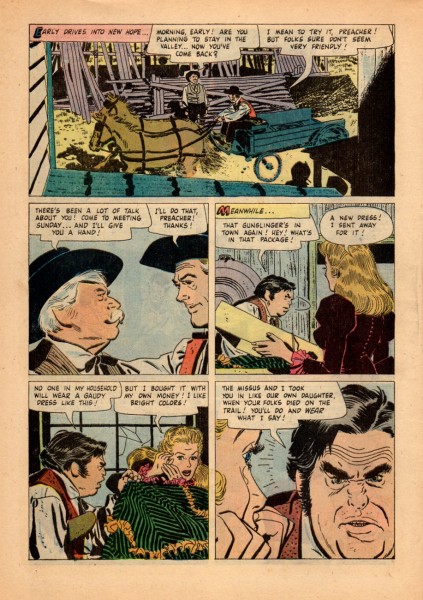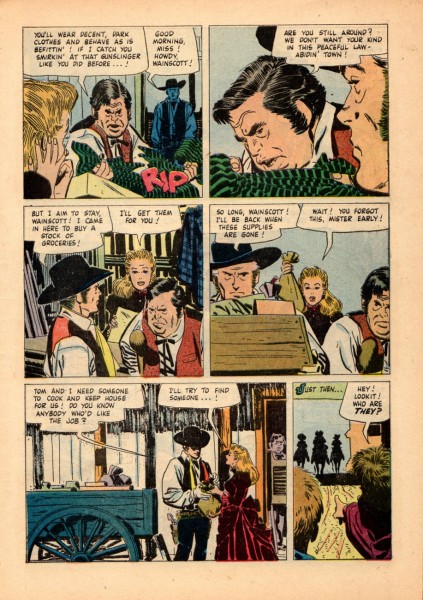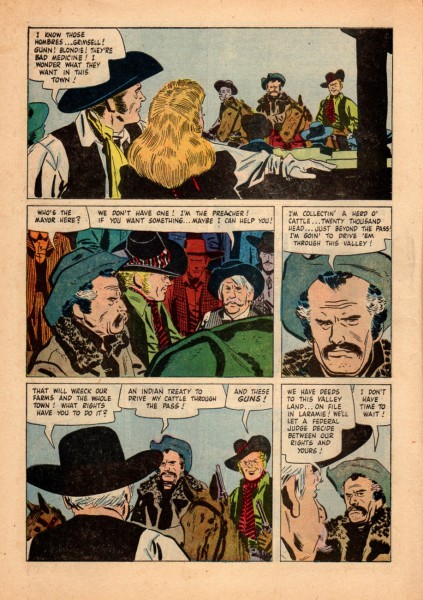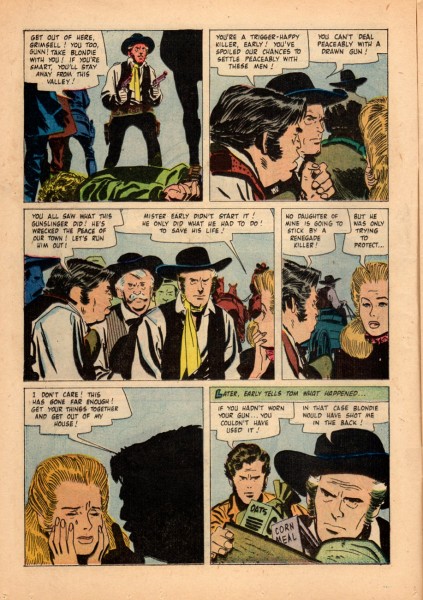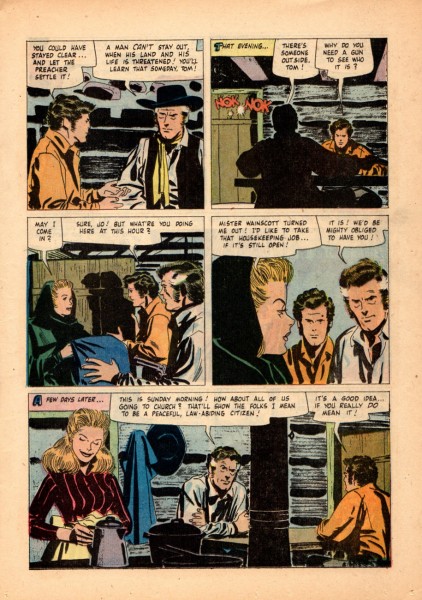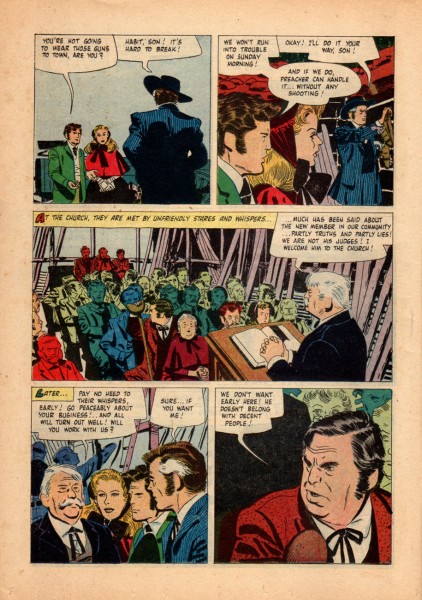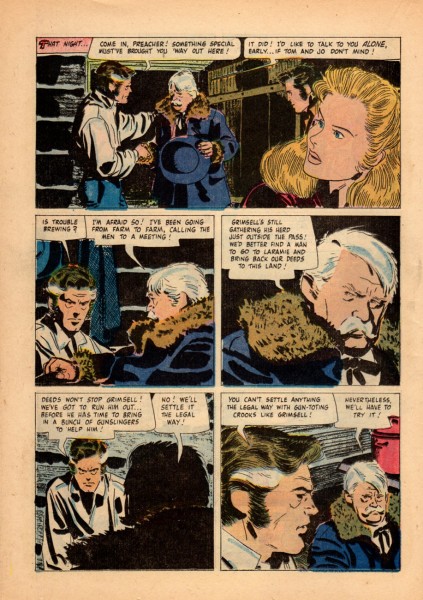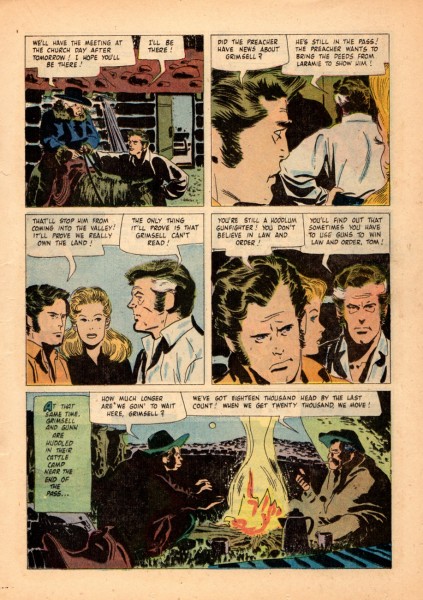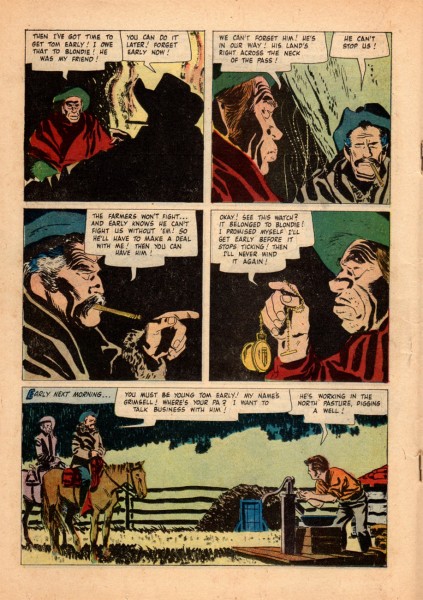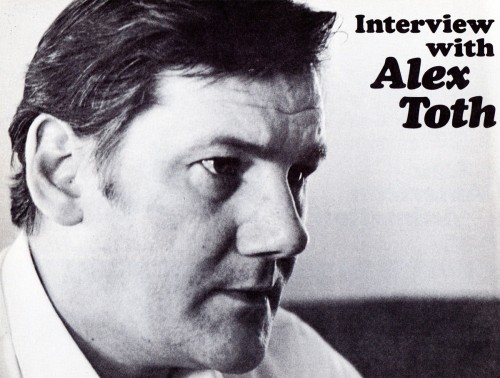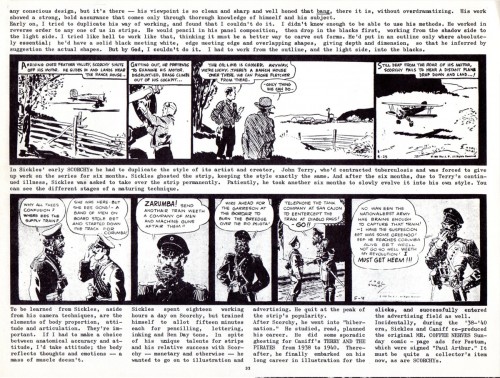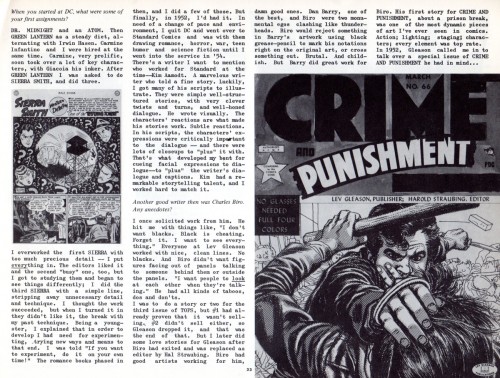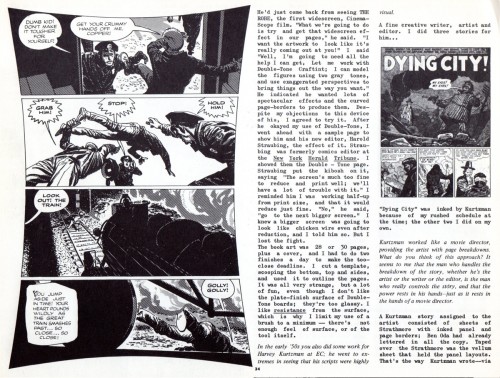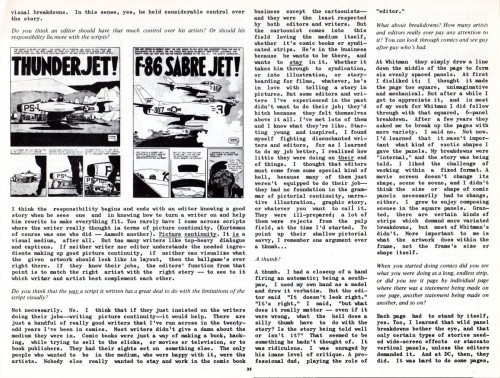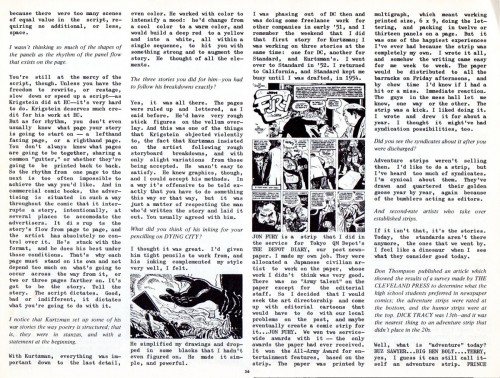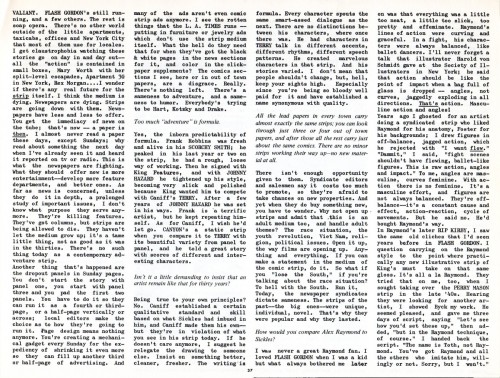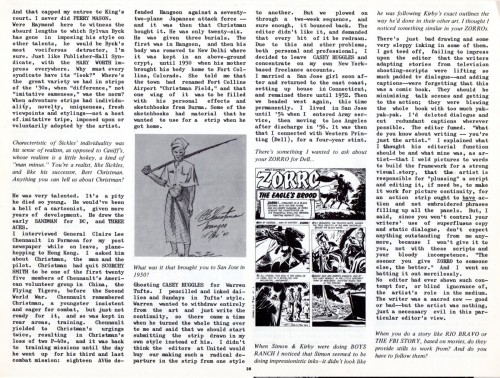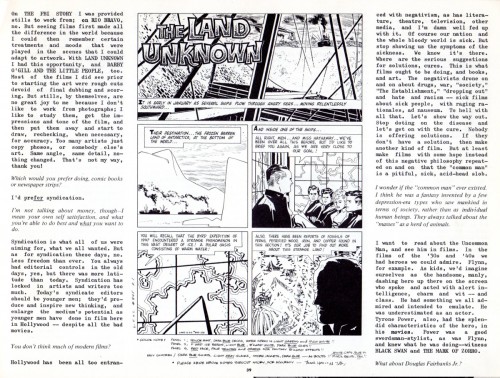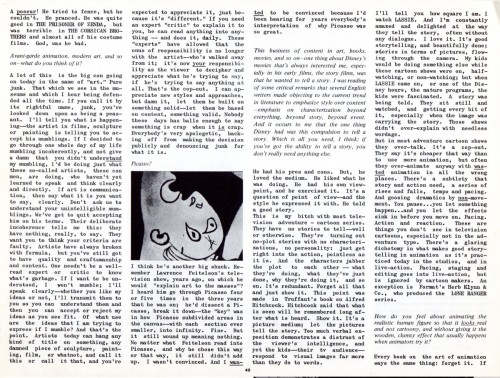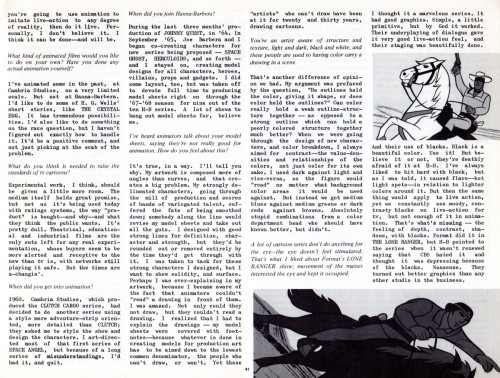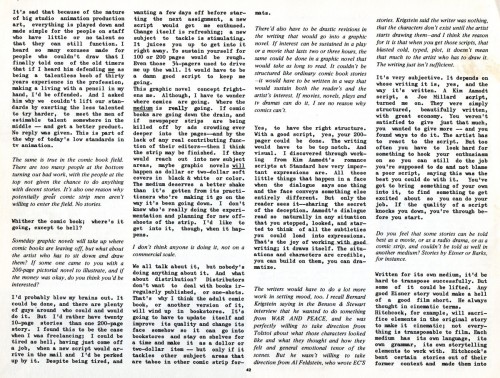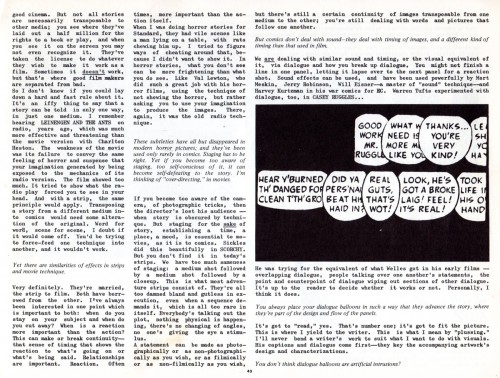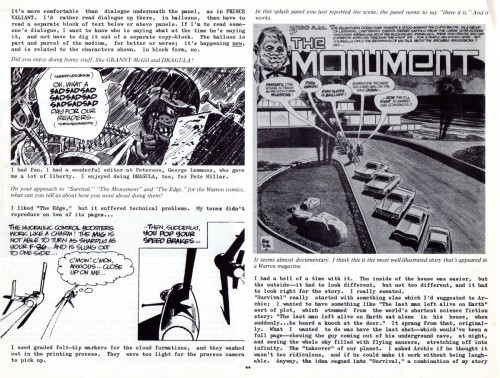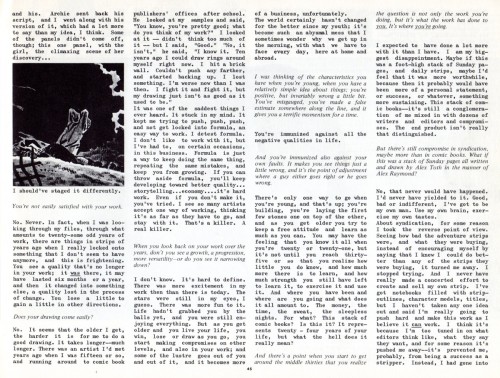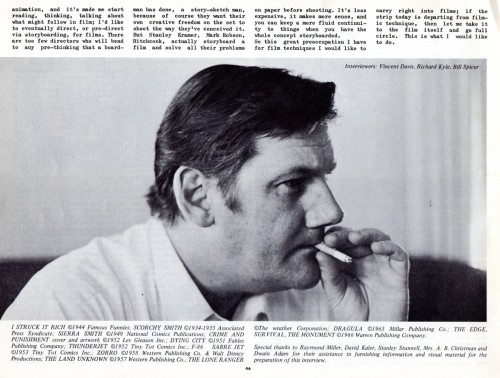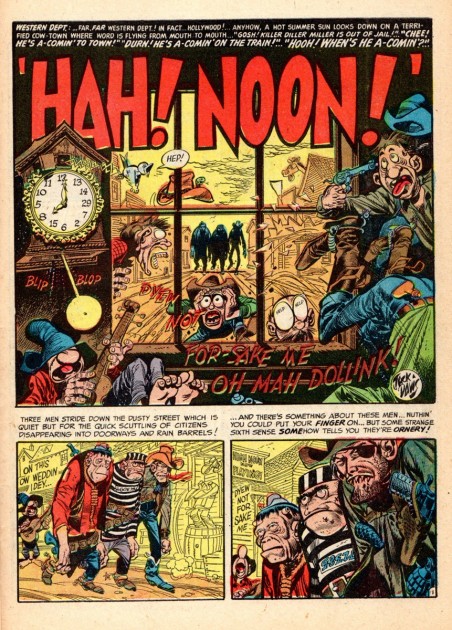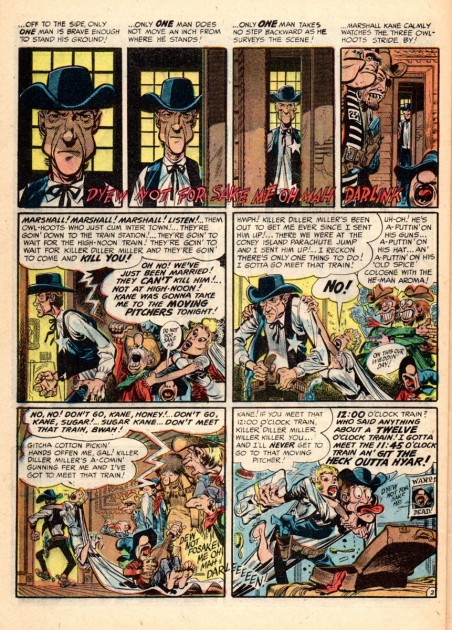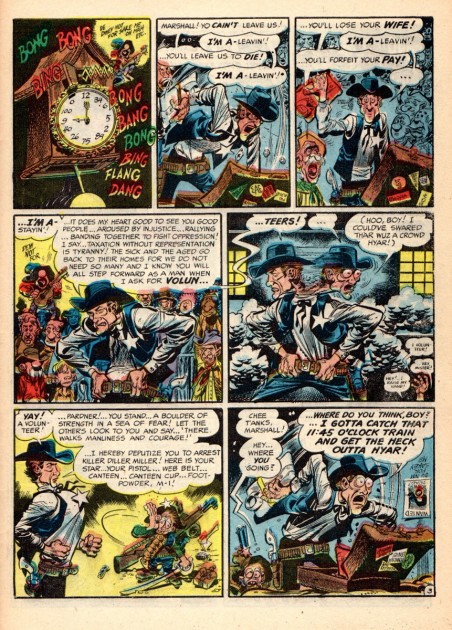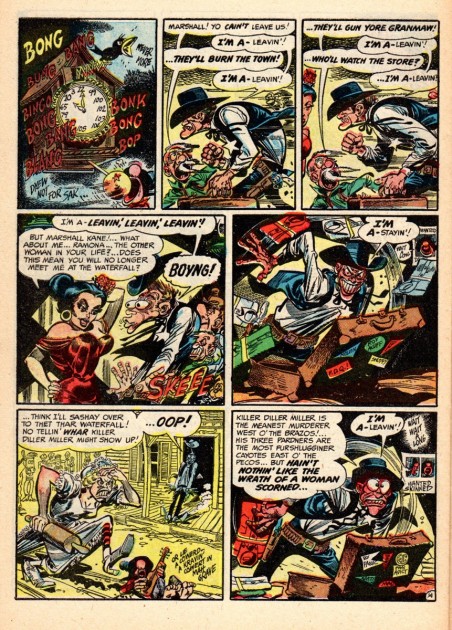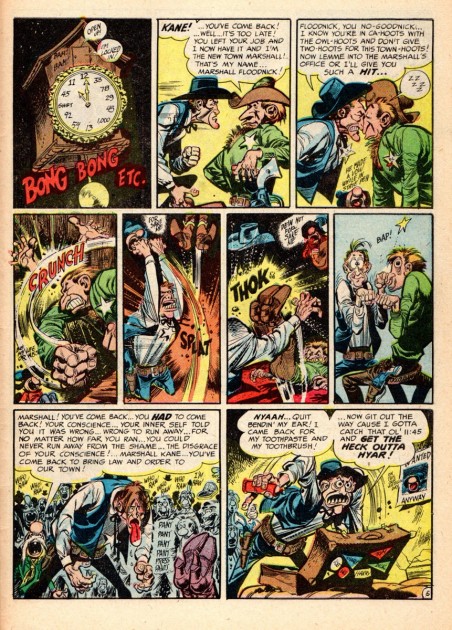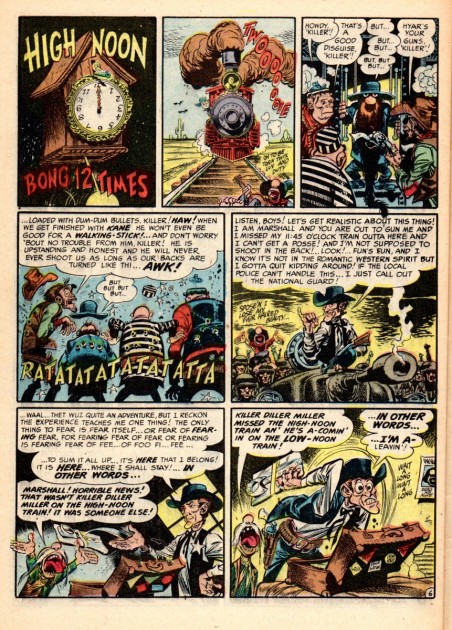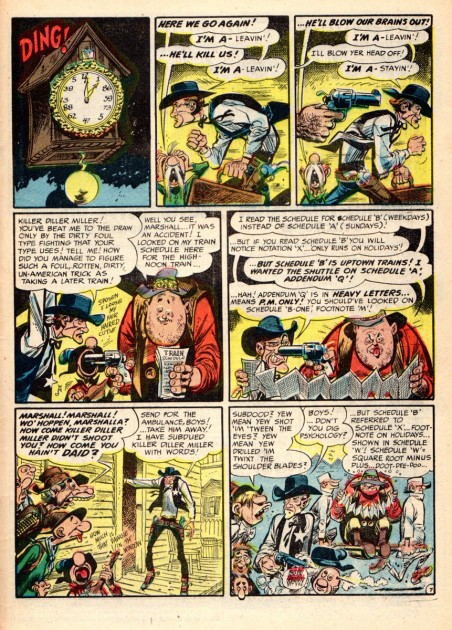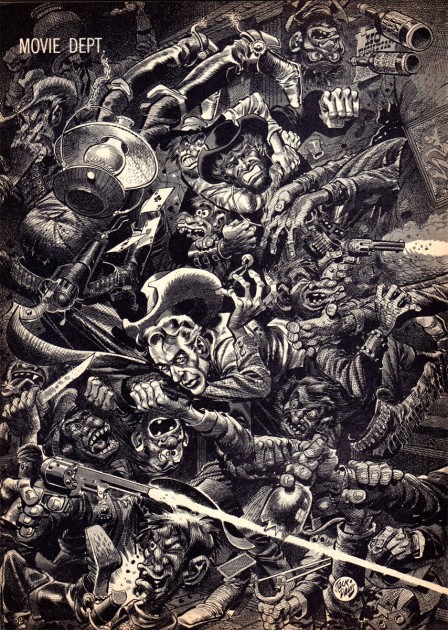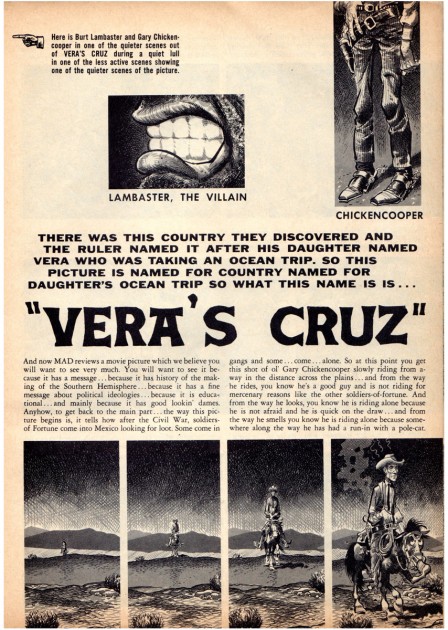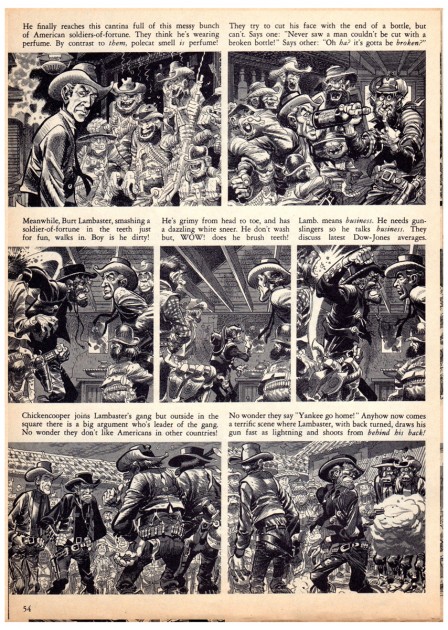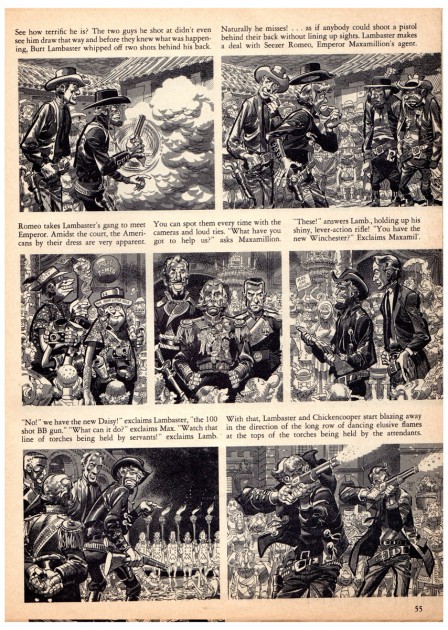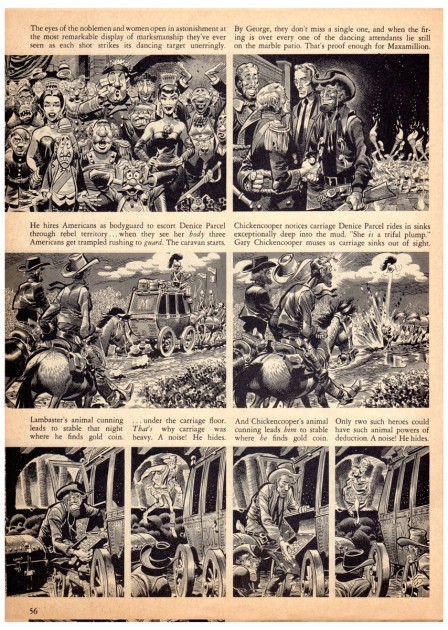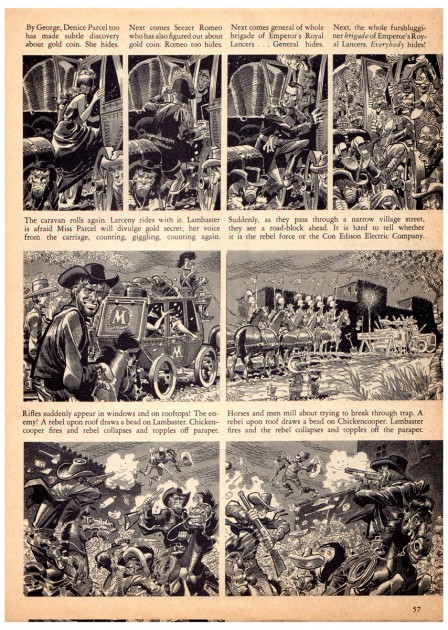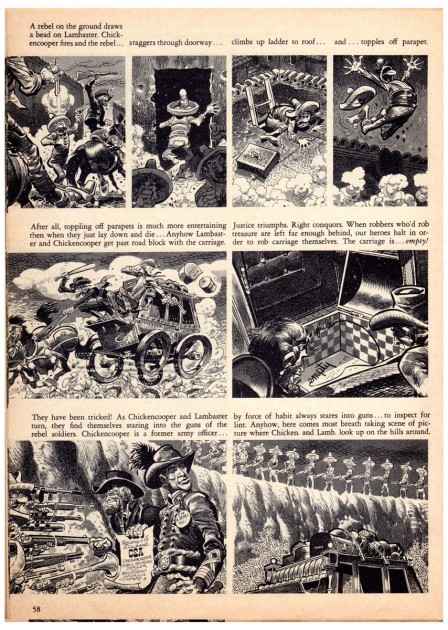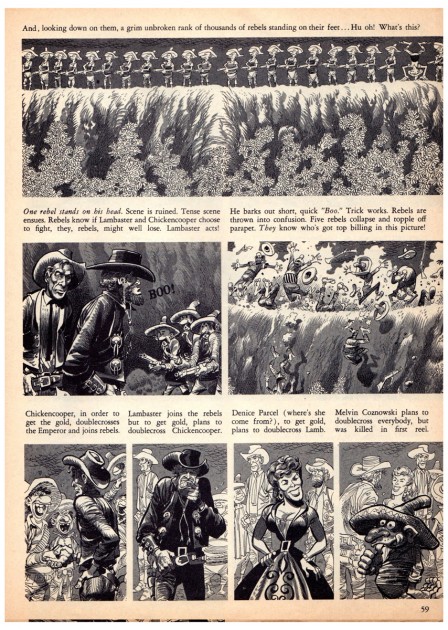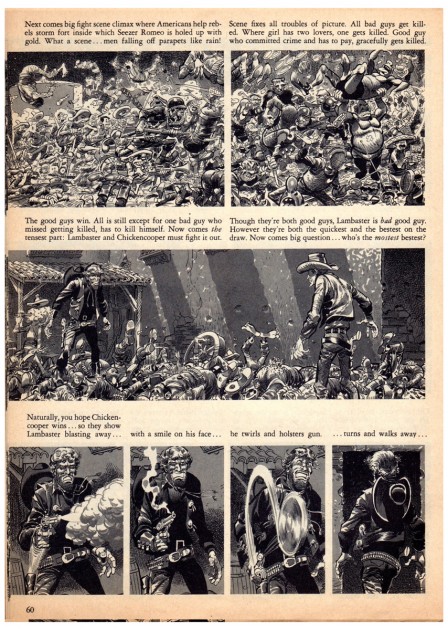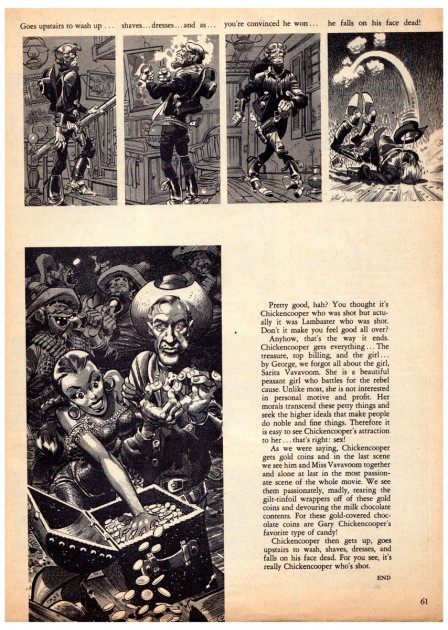Category ArchiveIllustration
Bill Peckmann &Books &Illustration 26 Jan 2012 06:26 am
Bill Charmatz
Bill Charmatz is a cartoonist/illustrator whose work has graced many high volume magazines: Playboy, the NYTimes, Harpers and the Saturday Evening Post. Bill Peckmann sent a number of pieces from Charmatz as wwell as an article in Cartoonist Profiles about him, and I’m glad to post them. Here’s Bill:
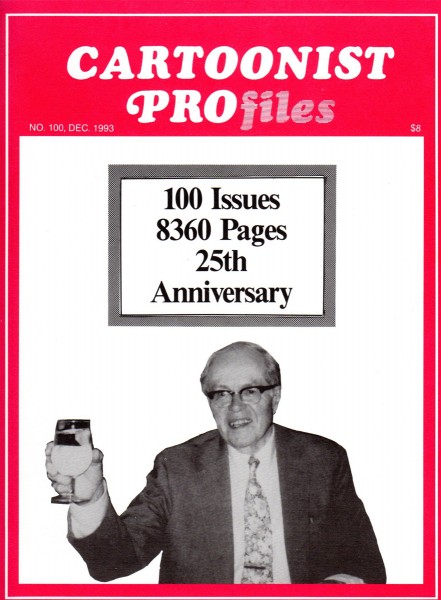
Here is Bill gracing the pages of CARTOONIST PROfiles No. 100, Dec. 1993.
My only complaint about the wonderful article, is that it is way too short,
with not enough illo’s!
When Walt Reed’s exceptional book, “The Illustrator In America” came out in 2000,
I was delighted to see that Bill Charmatz made the honor rolls of the book,
couldn’t happen to a more deserving talent!
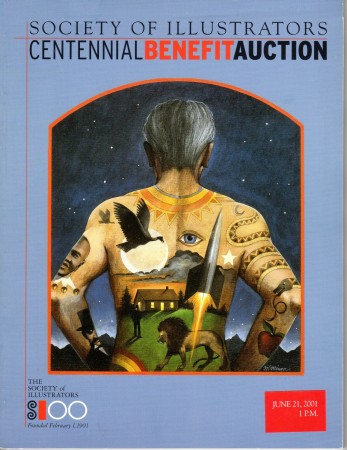
The next 3 illustrations are from a
2001 Society of Illustrators auction catalog.
The following illustrations came from Bill Charmatz‘ web site.
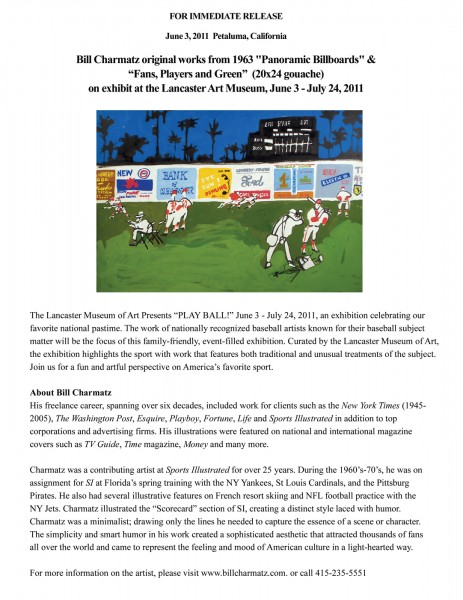 1
1
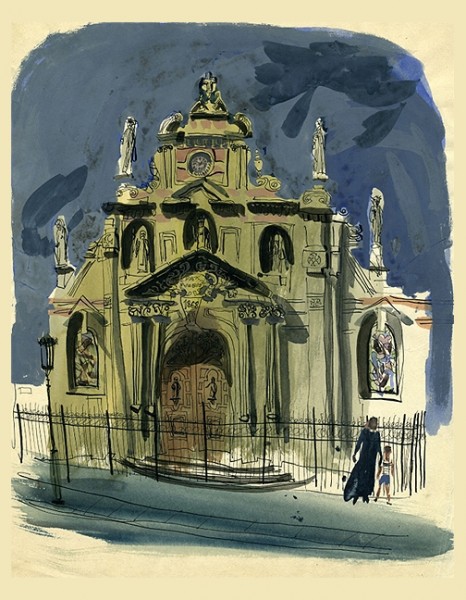 2
2
French Church
In his early years Bill did some personal paintings in France.
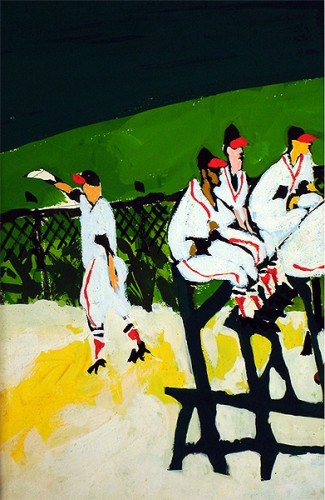 4
4
He’s illustrated for Sports Illustrated.
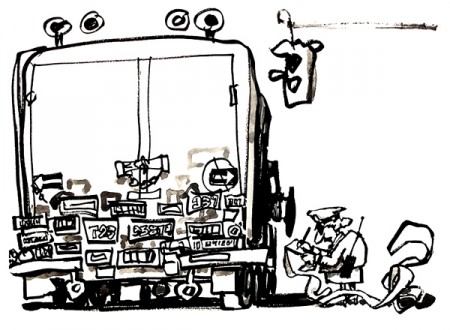 5
5
No Perching – The NY Times Book Review
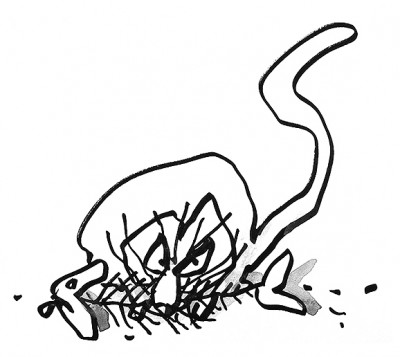 6
6
Cat Chews on Fish – NY Times Book Review
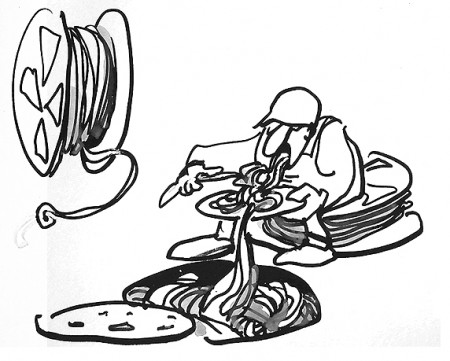 7
7
Construction Worker Eats Lunch – NY Times Book Review
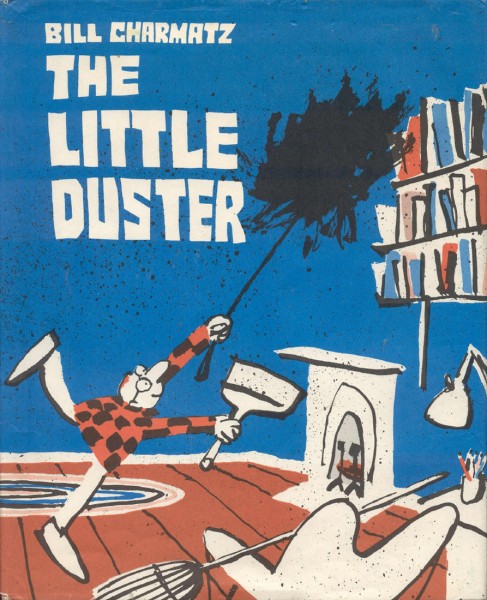 8
8
One of a number of children’s books he’s written and illustrated.
There’s a lot of art on view at Bill Charmatz‘ website. I encourage you to visit it.
Bill Peckmann &Books &Comic Art &Illustration 24 Jan 2012 08:33 am
Sam Norkin’s Caricatures
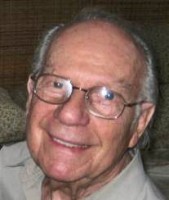 - Sam Norkin was a theatrical caricaturist in the mode of Hirschfeld. Norkin was the house cartoonist for the NY Daily News for many years. Bill Peckmann recently sent me two articles from the Dec. ’76 and the March ’91 issues of Cartoonist Profiles.
- Sam Norkin was a theatrical caricaturist in the mode of Hirschfeld. Norkin was the house cartoonist for the NY Daily News for many years. Bill Peckmann recently sent me two articles from the Dec. ’76 and the March ’91 issues of Cartoonist Profiles.
I thought, before posting the CP article, I’d give you the obituary published in Playbill last year when he died.
- Sam Norkin, Theatre Caricaturist and Drama Desk President, Dies
- By Robert Simonson
31 Jul 2011
- Sam Norkin, who captured seven decades of stage performance with fine-lined caricatures, died July 30. His age could not be learned at press time, but he was born in 1917.
- Mr. Norkin’s drawings of theatre, opera, ballet and film stars appeared in Variety, Back Stage, The Philadelphia Enquirer, The Washington Post, Los Angeles Times, The Boston Globe and other publications. From 1940 to 1956, his illustrations were a regular feature in the New York Herald Tribune. Then for the next 26 years, he covered the performing arts for the Daily News.
- Late in his career, he contributed sketches to the weekly magazine InTheater.
- Like his more-famous contemporary, Al Hirschfeld, Mr. Norkin used a collection of swirling and angled pen-and-ink lines to express stage presences of his subjects. While his and Hirschfeld’s styles were very similar, Mr. Norkin’s were perhaps less airy and more corporeal, and he was fond not just of line, but large swaths of black.
- “A Norkin caricature is often densely packed with detail and may feature a great deal of solid black space,” wrote David Barbour in the 1994 book, “Sam Norkin, Drawings, Stories.” “He also is more daring in his drafting; many of his pieces, in particular one from the Broadway production of The Phantom of the Opera, feature steeply raked lines which plunge vertiginously from top to bottom, to highly dramatic effect.”
- He also provided illustrations for “Theatre in a Barn” (1957); “Actors Talk About Theatre; 12 Interviews With Lewis Funke” (1977); and “Four Plays by Eugene O’Neill” (1980).
- Mr. Norkin began studying art at age nine. He received a scholarship to the Metropolitan Art School after his high school graduation, and he later attended Cooper U nion, the Brooklyn Museum Art School and the School of Fine and Industrial Art. He began his career as a caricaturist in 1940.
- He was also employed as a journalist at times. He was art critic for the Carnegie Hall house program and a cultural reporter for the Daily News. For a time, he was president of Drama Desk, the award-giving theatre critics organization.
The following is the article from the Cartoonist Profiles of Dec. 1976:
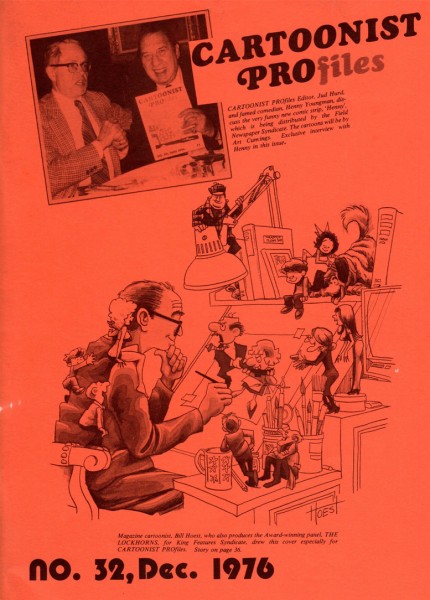
The magazine cover.
This is the second article from the March 1991 issue of Cartoonist Profiles.
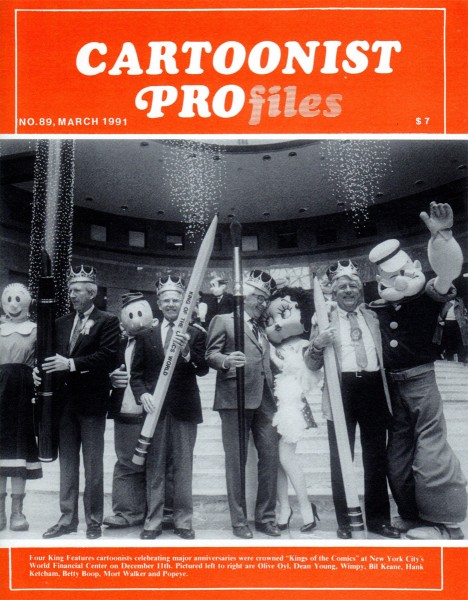 1
1
Here are a few more pieces I found on line:
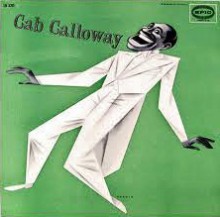 1
1
Many thanks to Bill Peckmann.
Animation Artifacts &commercial animation &Illustration &Independent Animation &Story & Storyboards 23 Jan 2012 05:33 am
John Wilson/Fine Art Films – part 3
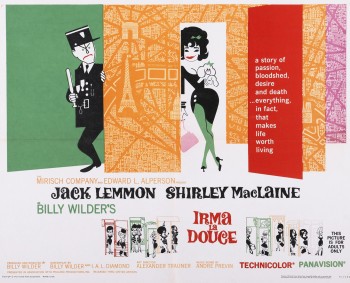 - This week in my focus on John Wilson‘s early work with his company, Fine Art Films, let’s take a look at Irma La Douce. This was a racy film written and directed by Billy Wilder that starred Shirley MacLaine as a Parisian prostitute and Jack Lemmon as a French policeman who falls in love with Irma (Shirley MacLaine.) The film, for its time was daring, and came up with (heaven forbid) a “C” for Condemned rating from the Catholic church. This made it off limits for anyone under the age of 18. I was determined to go see the film, so I ignored the ban and went by myself. Naturally enough, no one tried to stop me. I wasn’t jaded by the movie anymore than I had been disturbed by the violence in all the Warner Bros. cartoons I’d seen. Looking back on Irma La Douce, it really is an innocent film, hardly risqué in any way shape or form.
- This week in my focus on John Wilson‘s early work with his company, Fine Art Films, let’s take a look at Irma La Douce. This was a racy film written and directed by Billy Wilder that starred Shirley MacLaine as a Parisian prostitute and Jack Lemmon as a French policeman who falls in love with Irma (Shirley MacLaine.) The film, for its time was daring, and came up with (heaven forbid) a “C” for Condemned rating from the Catholic church. This made it off limits for anyone under the age of 18. I was determined to go see the film, so I ignored the ban and went by myself. Naturally enough, no one tried to stop me. I wasn’t jaded by the movie anymore than I had been disturbed by the violence in all the Warner Bros. cartoons I’d seen. Looking back on Irma La Douce, it really is an innocent film, hardly risqué in any way shape or form.
The film started with some nicely drawn animated credits which were done by John Wilson’s studio. Until recently I hadn’t known that Wilson also produced an animated short promoting the feature for the Mirisch Company. I have some preproduction art from that short as well as the color storyboard. The board is large enough that I’ve decided to break it into two parts. We’ll see part one today and the second part next week.
Each section of three images is long enough that unless I post one drawing at a time, it’ll be too tiny to see unless enlarged. I’d like to post each storyboard sketch a nice viewing size and still give you the option of enlarging it.
Let’s start with some production and post production stills so you can see what it looked like.
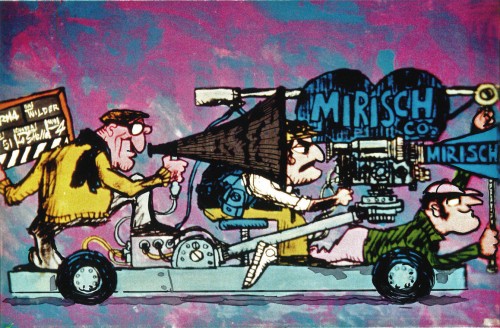 1
1
A couple of pre-production drawings:
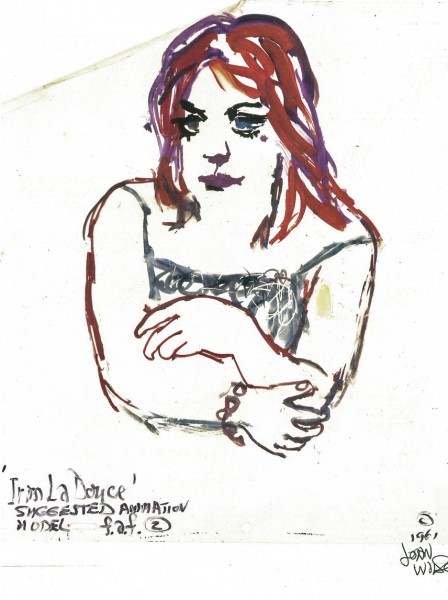 1
1
Then, there’s the storyboard. I’ll give an example of the three panel pull out and follow that with each individual image.

You can see why I’ve decided to enlarge the images.
The remainder of the storyboard will be posted next Monday.
Bill Peckmann &Books &commercial animation &Illustration &SpornFilms 19 Jan 2012 06:11 am
Hilary Knight
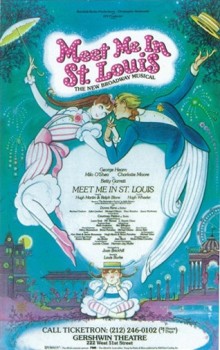 - Bill Peckmann sent me a number of scans on Hilary Knight, the noted illustrator who had gained fame in illustrating the Eloise books authored by Kay Thompson. On receiving them I suddenly remembered that I had animated a commercial done in the style of Mr. Knight’s poster for the Broadway show, Meet Me In St. Louis.
- Bill Peckmann sent me a number of scans on Hilary Knight, the noted illustrator who had gained fame in illustrating the Eloise books authored by Kay Thompson. On receiving them I suddenly remembered that I had animated a commercial done in the style of Mr. Knight’s poster for the Broadway show, Meet Me In St. Louis.
I had completely forgotten about that job which we did back in 1989. We’d been employed by a South African art director of the Broadway show to do an Overture and an Entr’acte for the musical play. The Overture would play to a Currier & Ives type animation we produced, then the scrim would lift revealing the town. For the Entr’acte, we would end with a group of people ice skating on a pond. It would be lit from behind, and our drawing would turn to live action as the actors skated on a simulated pond on stage.
With the job came a 30 sec. spot animating the poster that Hilary Knight had illustrated. I can remember just about nothing about the spot. The entire job, spot, musical and the entire experience was a horrible one. The client was nasty and moody and continually changed his mind about what he wanted. He thought of himself as an auteur and kept pulling ideas out of his hat while we tried to fight the low budget and tight deadline.
The one positive memory was going to see the rough film projected on the Broadway stage. While waiting for them to find the projectionist, I noticed one older man sitting across from me in the theater. I walked over to him and asked if he was Hugh Martin. He was, and I told him how glad I was to meet him. We spoke for another couple of minutes until the theater went dark and projection started. Martin was the composer of the show; he’d written all those great, original songs for Judy Garland and the others in the movie. I was pleased to have recognized him and met him.
Unfortunately, I didn’t get to meet Hilary Knight, but I did have some of his original artwork in hand. He drew some models for us. They’re somewhere in our storage, and a quick search wasn’t able to turn up anything. Time is moving on, and I wish I had put more emphasis on preserving some of my art materials back when.
The parting note on that job was that they spelled my name incorrectly in the Playbill. How appropriate. They promised to correct it in future copies, but I didn’t even bother to see if they’d done the correction.
Here’s the material Bill Peckmann had sent me, starting with a comment from Bill:
- In 1999 a collection of four of Hilary Knight’s “Eloise” books was published. Aside from it having all those great books between two covers was the fact that it also had Hilary’s eight page autobiography in it! And here it is.
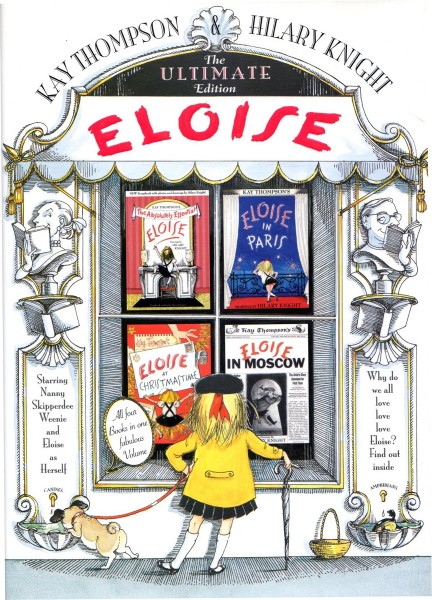 1
1The book cover
Books &Disney &Illustration &repeated posts 12 Jan 2012 06:45 am
Eyvind Earle – Peter and Wendy
Back in 2007, I posted this piece on Eyvind Earle’s Peter Pan illustrations. I’ve combined the two parts and repost it here.
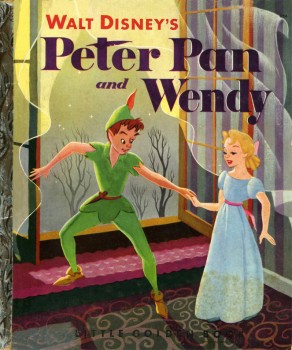 – I’m an Eyvind Earle fan. I have been ever since getting my hands on Bob Thomas‘ original version of The Art of Animation (1959), which promoted Sleeping Beauty and its artwork, and then going up to Radio City Music Hall to see the first theatrical run of the film.
– I’m an Eyvind Earle fan. I have been ever since getting my hands on Bob Thomas‘ original version of The Art of Animation (1959), which promoted Sleeping Beauty and its artwork, and then going up to Radio City Music Hall to see the first theatrical run of the film.
After the Disney film, I saw Earle’s Nativity film on the Tennessee Ernie Ford show and Paul Bunyan and other Disney shorts of the period made me more of a fan.
I got to meet the man thanks to Michael Barrier. We had one of the craziest interviews ever when we drove upstate to his house and sat in a somewhat darkening room as the afternoon dimmed and Earle continued to quietly answer the questions.
I loved that day, but I loved Earle’s work even more. After posting Retta Scott‘s Golden Book of Cinderella, I realized that I had this book, Peter and Wendy, which is Earle’s odd adaptation of Peter Pan. He’s obviously in love with Cinemascope in that most of the book’s illustrations are two-page spreads. Sort of wide screen proportions. This is unusual for a Little Golden Book.
The images look a bit like the backgrounds in Paul Bunyan, and the characters are not quite on model with the film. The printing, as with most of these books, is pretty dull. You know a lot has been lost in the transfer.
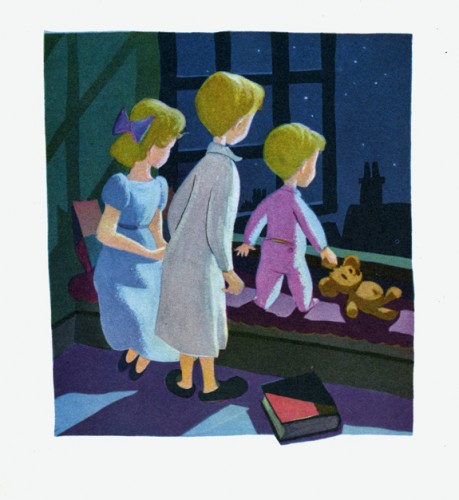
This last illustration is my favorite.
Bill Peckmann &Daily post &Illustration 10 Jan 2012 06:19 am
Ralph Barton – part 2
- This is the remainder of the book “The Last Dandy, Ralph Barton, American Artist, 1891-1931” by Bruce Kellner. Last week, thanks to the contribution and scans of Bill Peckmann, I was able to post the first half of the book. Today we complete it.
Barton served as an advisory editor to Harold Ross for his new magazine, The New Yorker. He was a major contributor to Judge, Collier’s and Vanity Fair Magazine. He was one of the most popular cartoonists of his day, and he illustrated many covers for books from Balzac to Anita Loos. He committed suicide in 1931.
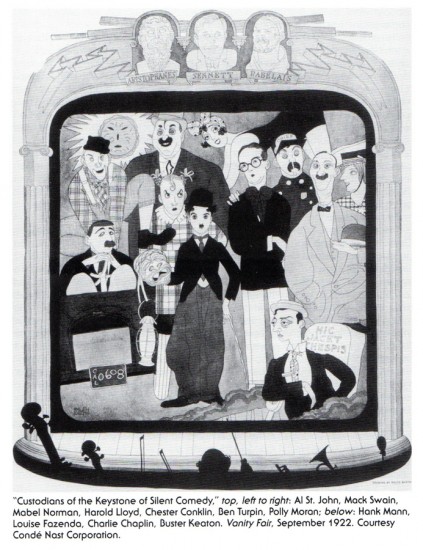 1
1
Books &Comic Art &Illustration 08 Jan 2012 06:38 am
Ronald Searle – The Female Approach 2
- Last May, I posted a number of cartoons from Ronald Searle‘s book of illustrations from The Female Approach, a collection of cartoons and illustrations from a number of different sources (including many from “The Bells of St. Trinian’s.”) With Mr. Searle dying this past week, I think it’s only appropriate to return to that book and post a few more of those great pieces.
For a wonderful obituary and commentary, I encourage you to go to Matt Jones‘ piece posted on Cartoon Brew this week. I also can suggest you spend some time visiting Mr. Jones’ tribute blog to Ronald Searle – Perpetua.
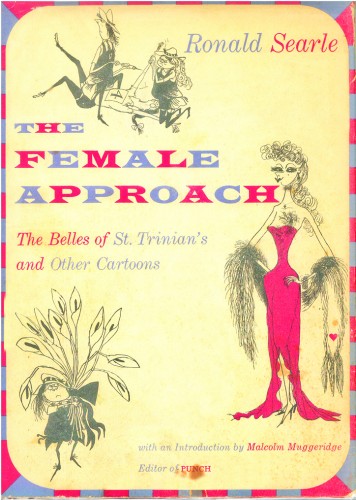
The book’s dust cover
Bill Peckmann &Comic Art &Daily post &Illustration 06 Jan 2012 06:55 am
Toth’s Gun Glory – pt. 1
Gun Glory is a 1957 film starring Stewart Granger and Rhonda Fleming. Alex Toth in one of his adaptations to comic book brought some small beat of immortality to this movie, directed by Roy Rowland.
Here is the first of two installments of Toth’s magazine. Many thanks to Bill Peckmann for sharing this cowboy classic.
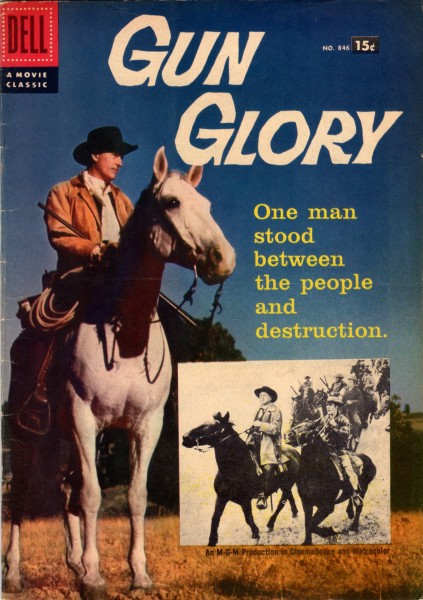
Comic book cover
Bill Peckmann &Illustration 05 Jan 2012 07:57 am
Toth Interview
- Bill Peckmann forwarded the following interview with artist, Alex Toth. The comments are by Bill:
- In the somewhat early days of comic book fandom, there was a class act fanzine titled “Graphic Story Magazine”, it was edited and published by Bill Spicer. In 1969 all of us Alex Toth fans were given a rare, in depth treat by way of an interview with Alex done by Bill. In the days before the internet and with just the means of out of pocket publishing, this professional looking, many paged interview was pure manna from heaven. Up until that time there were only a few capsulated bio’s printed here and there. Interestingly, the interview now is just a little over 40 years old, which is the same number of years as Alex’s age when the interview was given. It also marks an approximate half way point in Alex’s exceptional career. Enjoy.
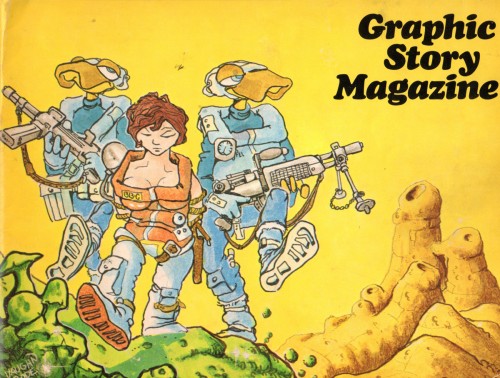 1
1(Click any image to enlarge.)
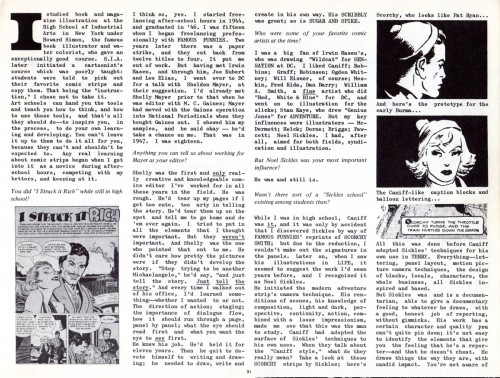 3
3
It seems that memories here were getting a little fuzzy on the dating
of the “I Struck It Rich” story. It was published in 1951 and not in the
1940′s when Alex was still in high school. He did amazingly professional
work while in high school, it just wasn’t this story.
Bill Peckmann &Comic Art &Illustration 30 Dec 2011 07:04 am
Kurtzman & Davis – Movie Spoofs
Bill Peckmann offers another collaboration between the two great cartoonist/illustrators, Jack Davis and Harvey Kurtzman. Over to Bill:
- “Gary Cooper”, an affectionate handle that was given to Jack Davis by his fellow EC Comics staffers back in the early 1950′s. The nickname fit well not only because of good looking Jack’s lean and lanky frame but also because of his impeccable easy going, gentlemanly manners. I’d take it one step further and say that just like Mr. Cooper who gave credence to any genre role he played in the movies (contemporary, sports, westerns etc.), so did Jack by excelling in any genre (crime, horror, humor, war) he drew in comic books!
What better way to bring the two together than in Harvey Kurtzman‘s spoofs of two very popular western movies of their day. “High Noon” and “Vera Cruz”.
So, with the help of Mr. Kurtzman, Mr. Davis and Mr. Chickencooper, here is “Hah! Noon!” from MAD comic book No. 9, 1954.
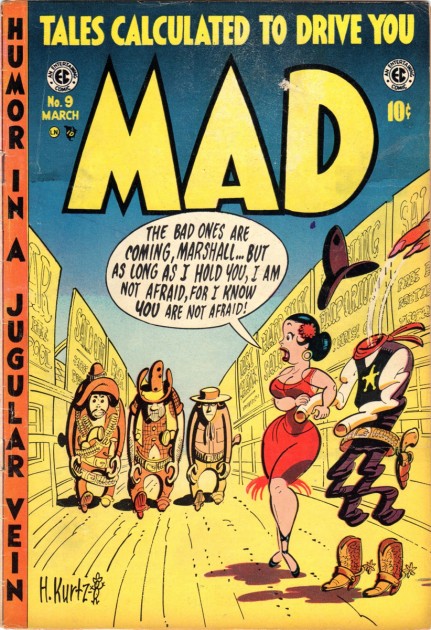
The cover
Here is “Vera’s Cruz” from the first MAD magazine, No.24, 1955. Both Harvey and Jack are in tip top form, (as always) in this, their first western movie spoof in the new black and white magazine format. (Funny,”Hah! Noon!” was the first caricatured movie send up that Kurtzman and Davis did together a year earlier in the comic book MAD.) In this new magazine format, our favorite funnymen duo were able to do a 10 pager compared to the usual 7 and 8 page stories they did in the comic book format, how they must have relished that!
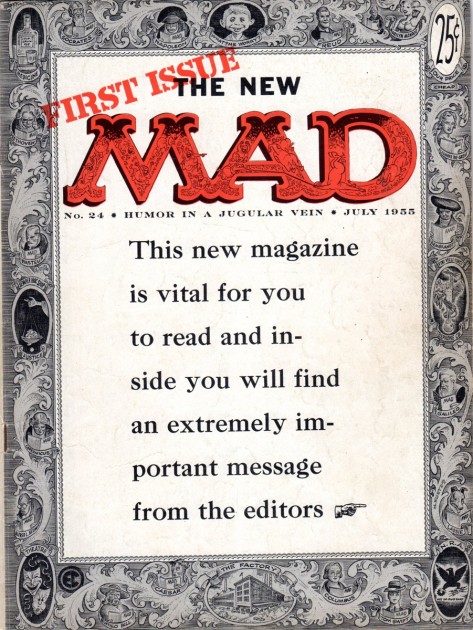
The cover
Many thanks, again, to Bill Peckmann for sharing his great collection with us.
